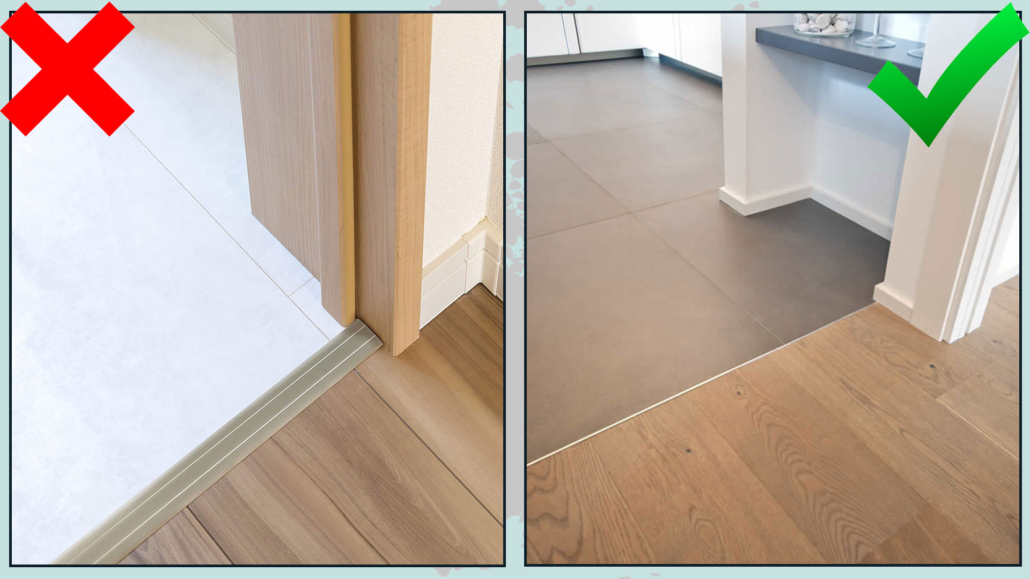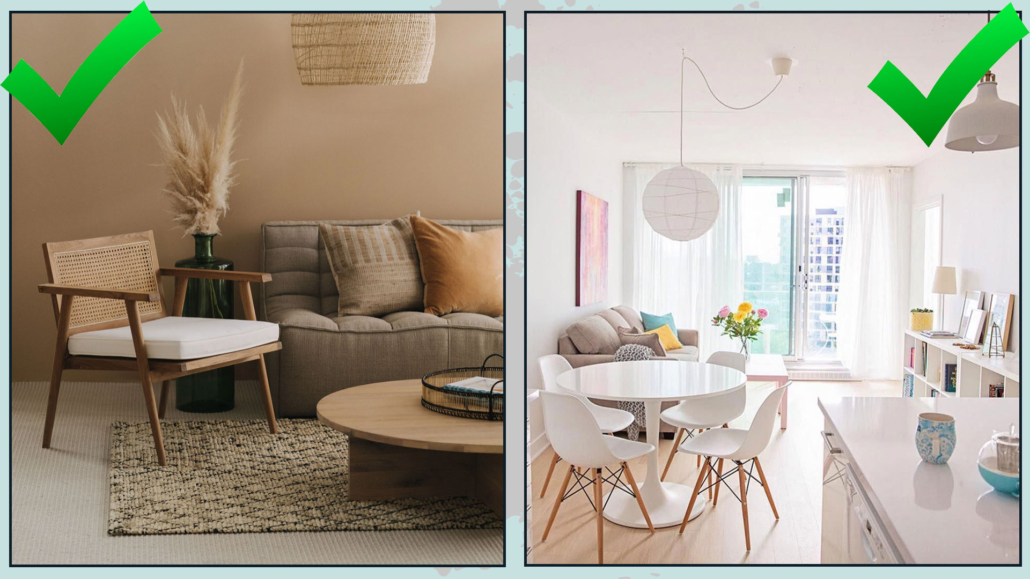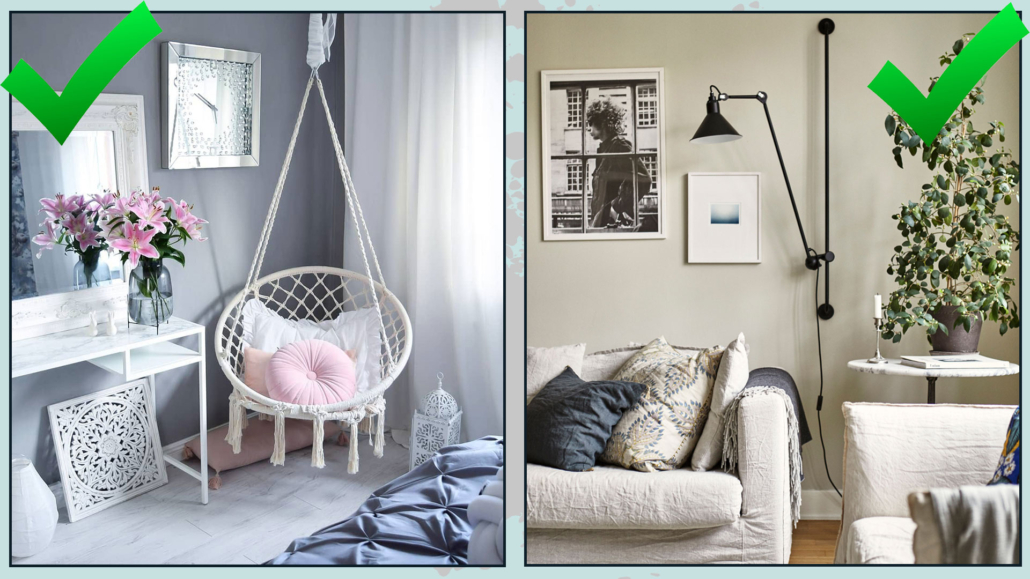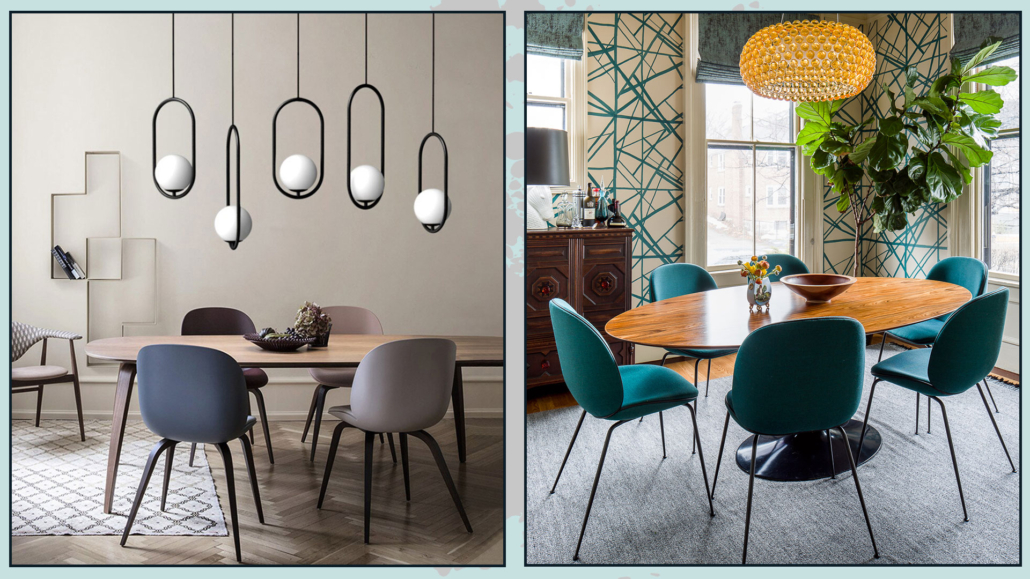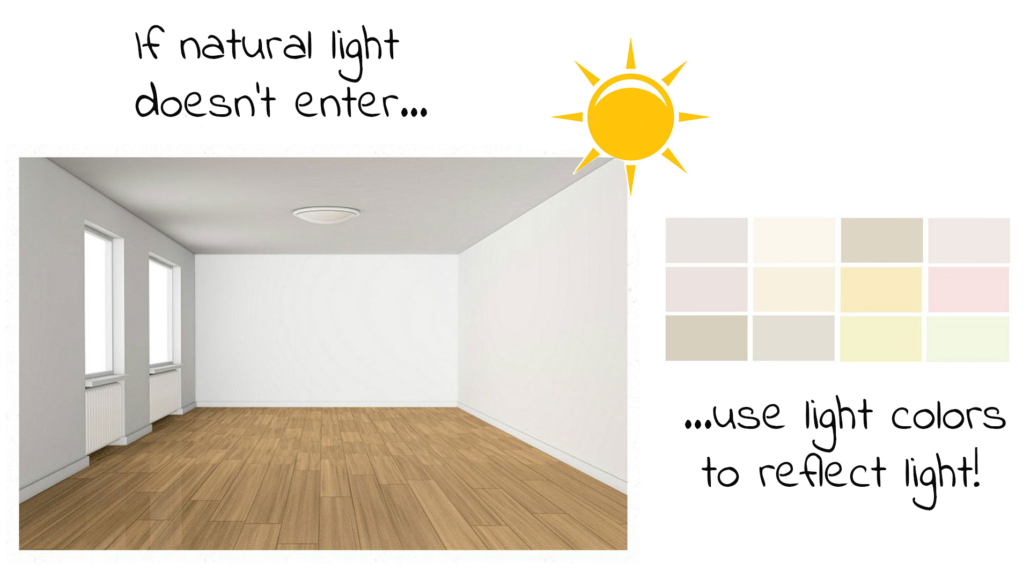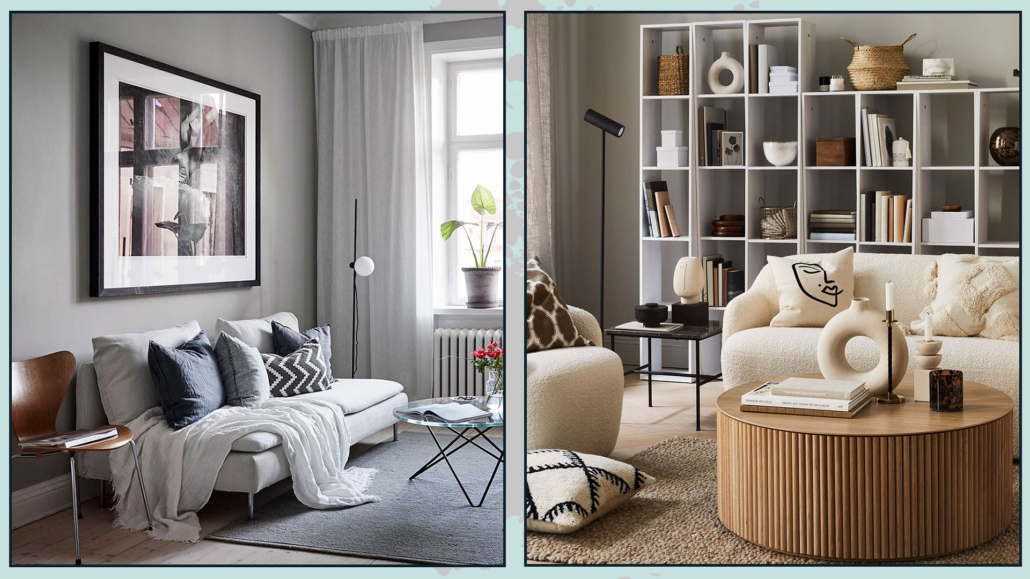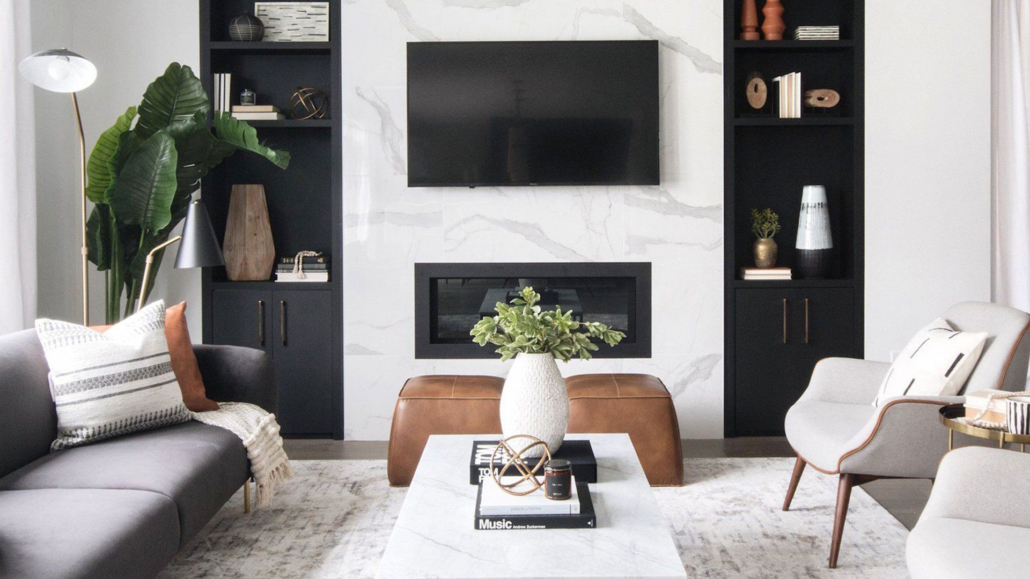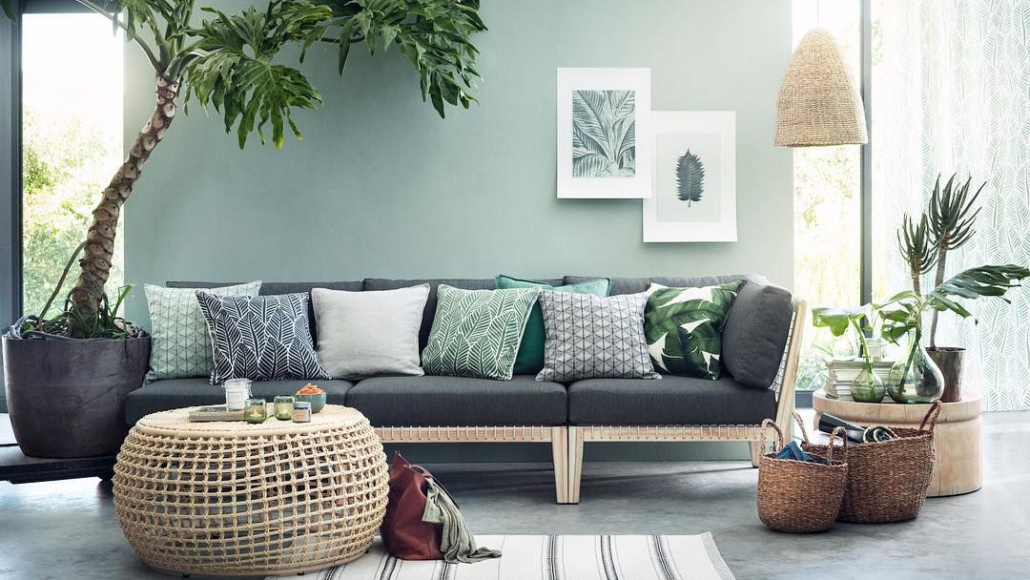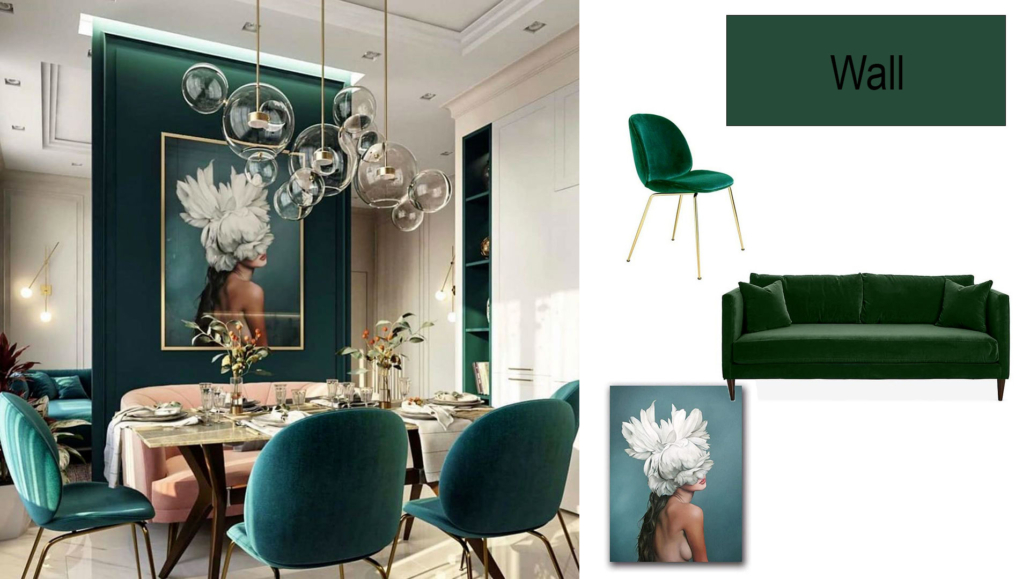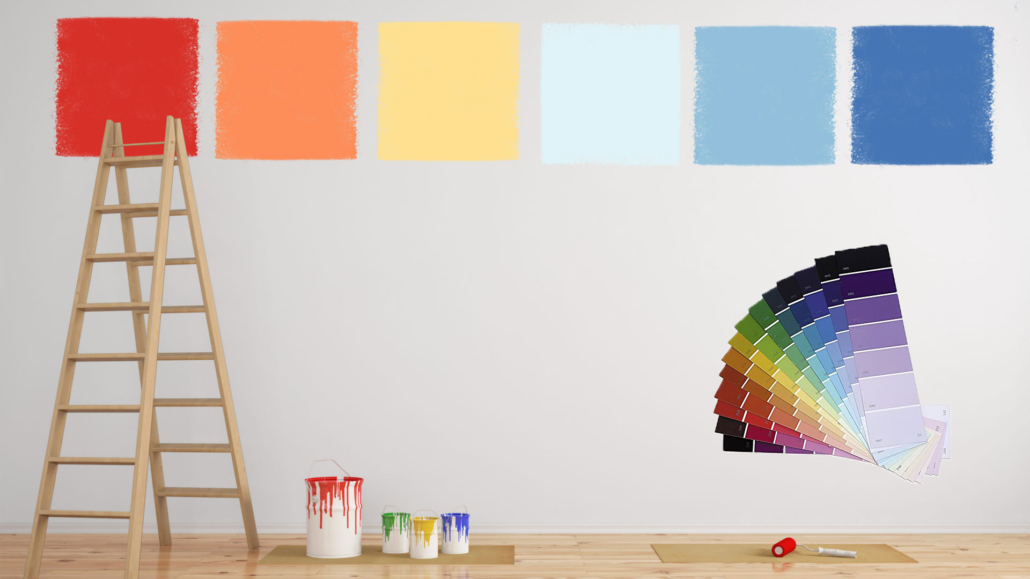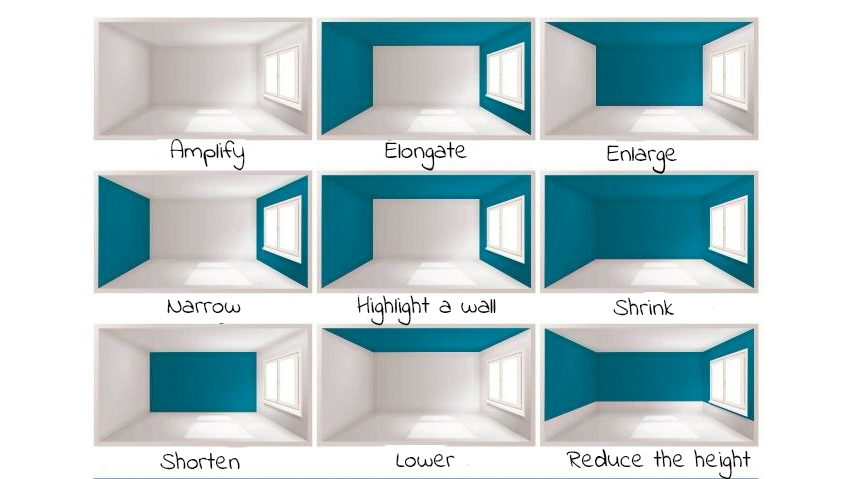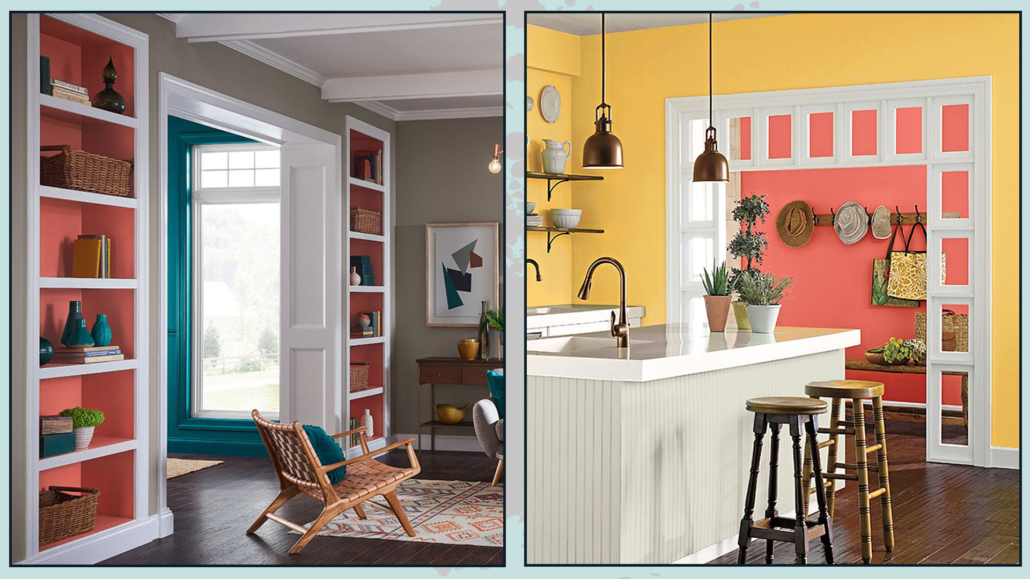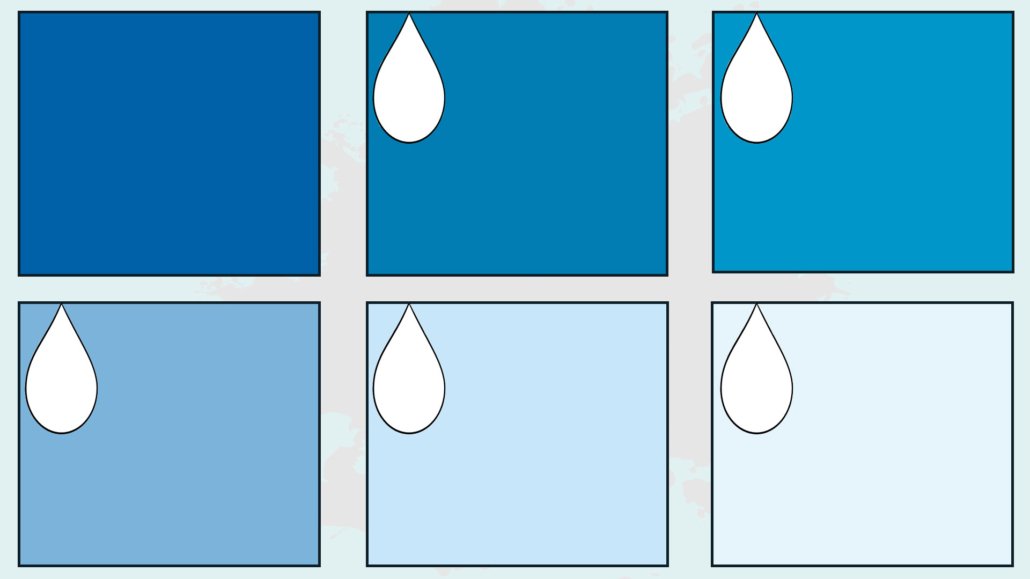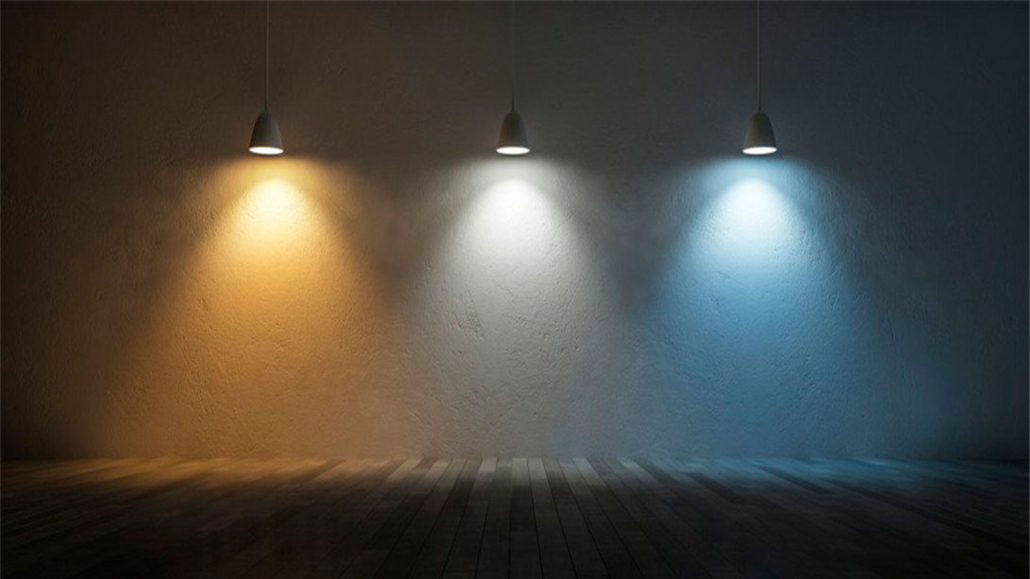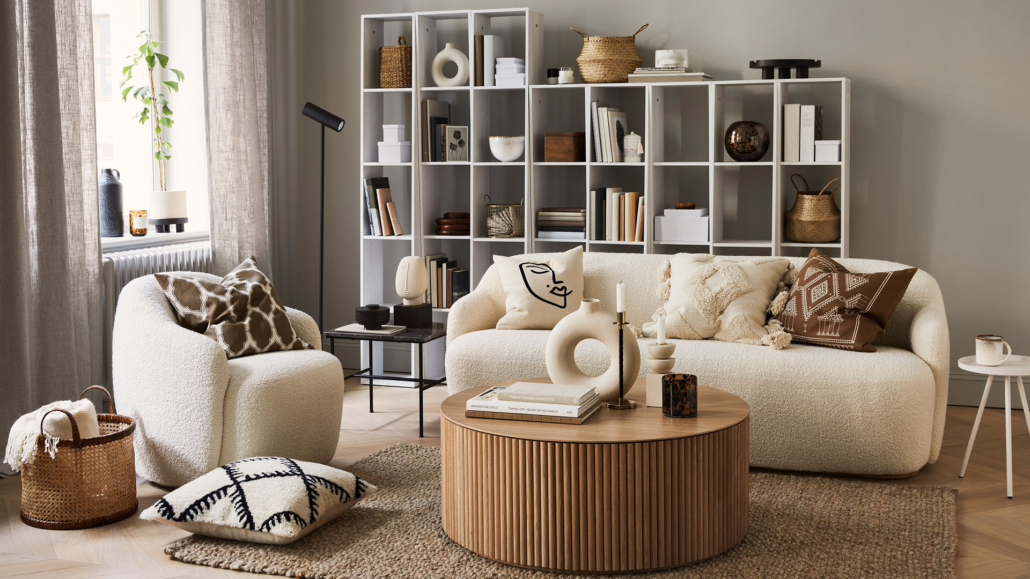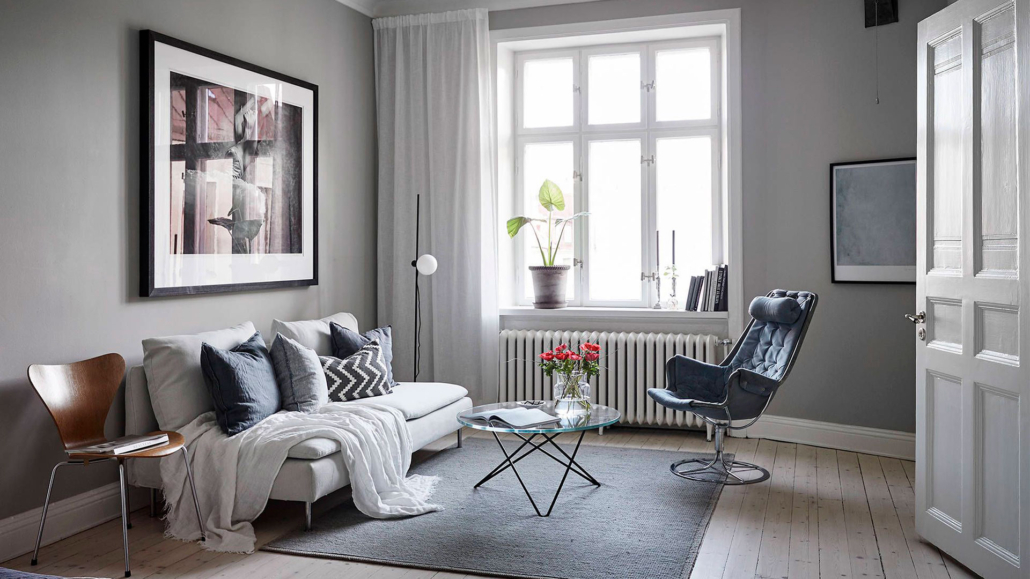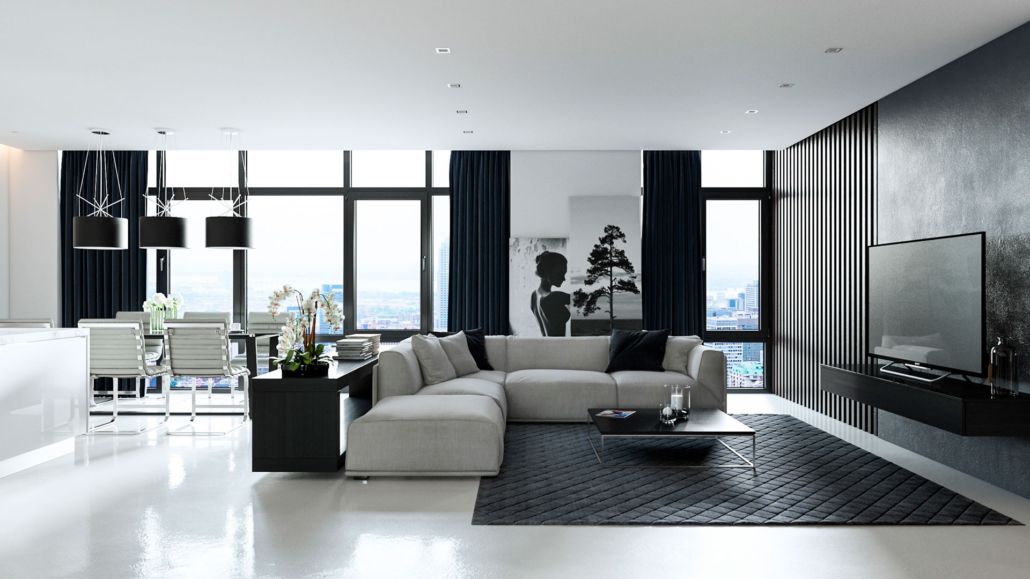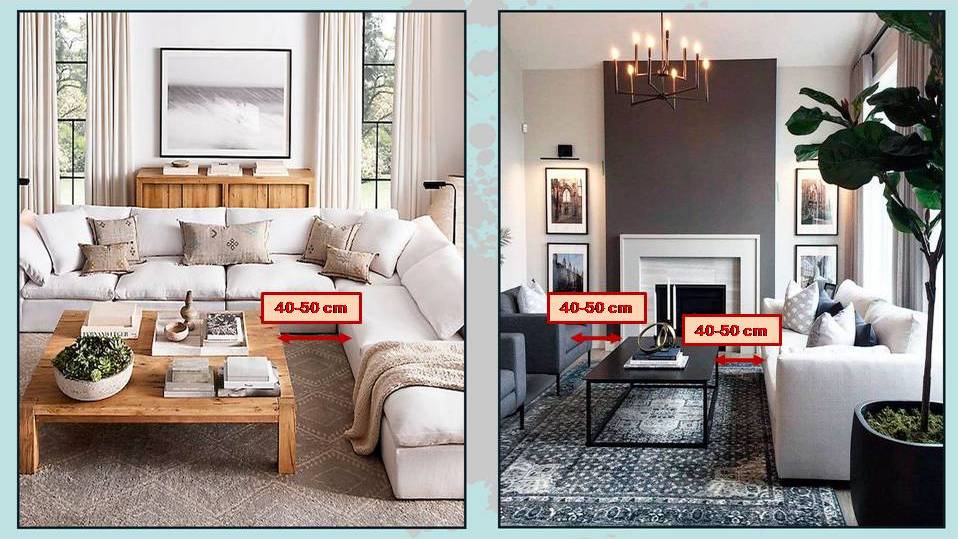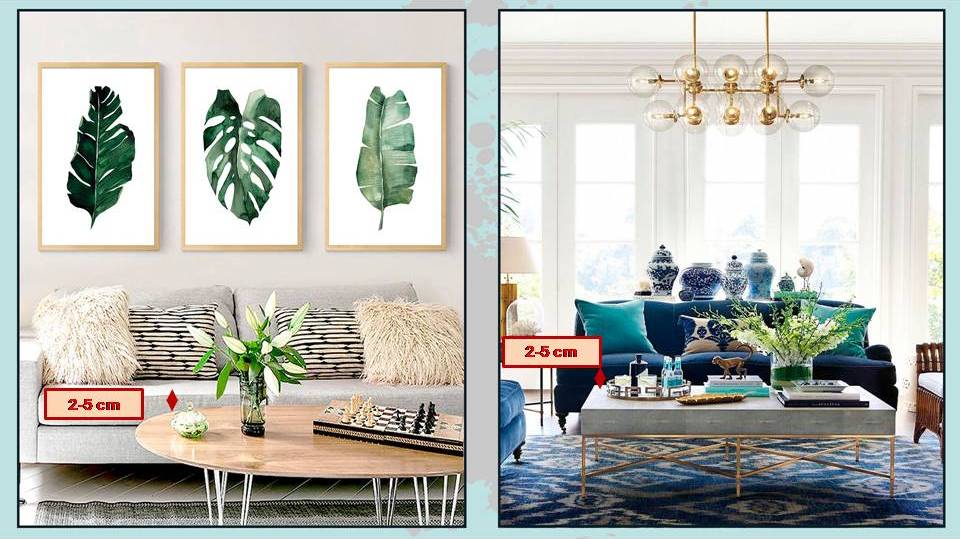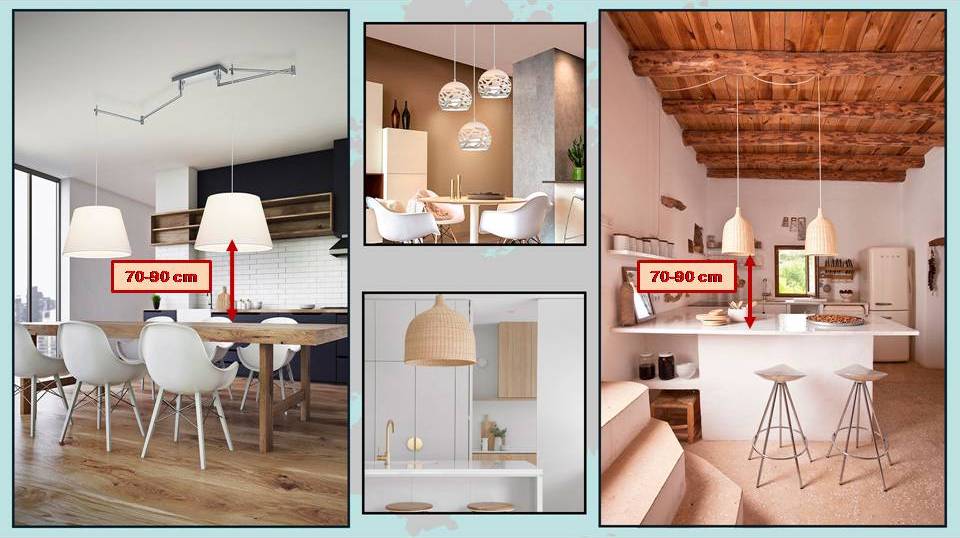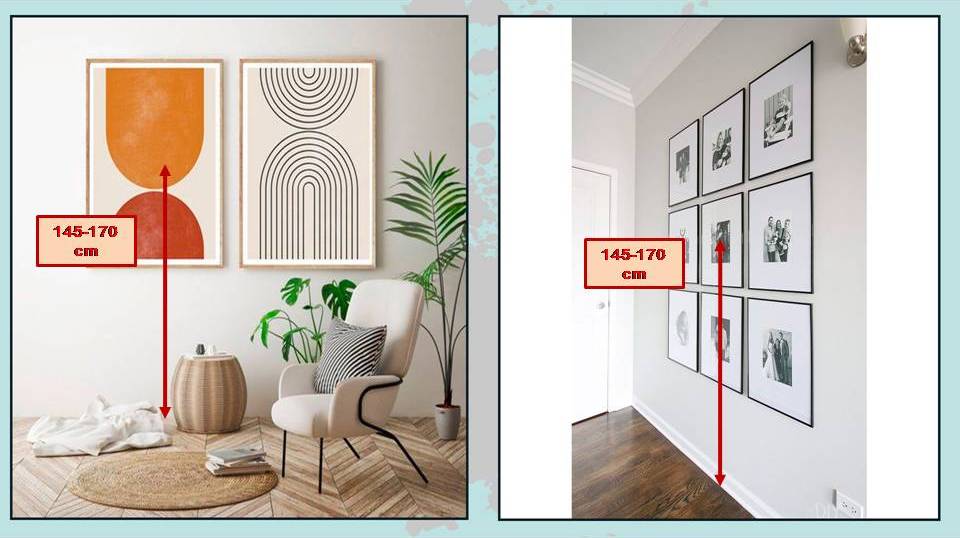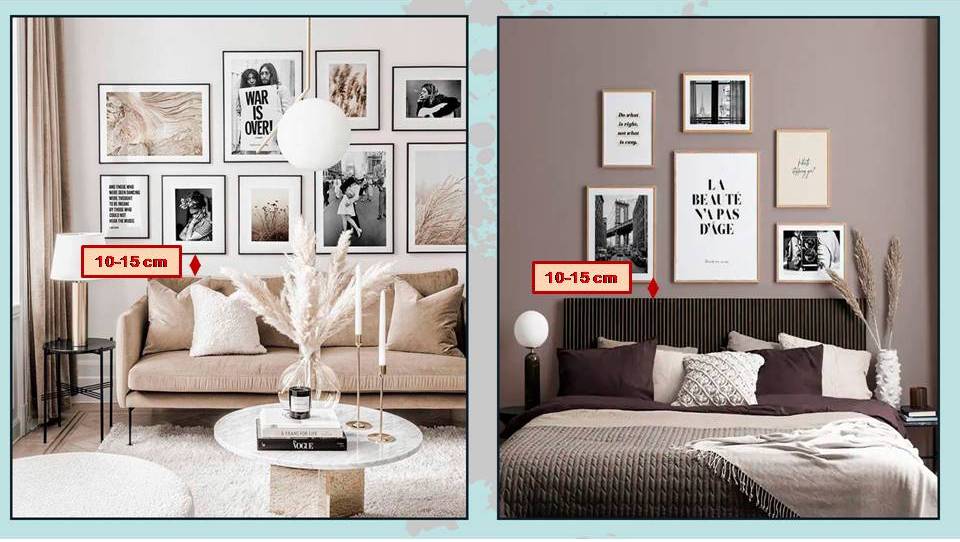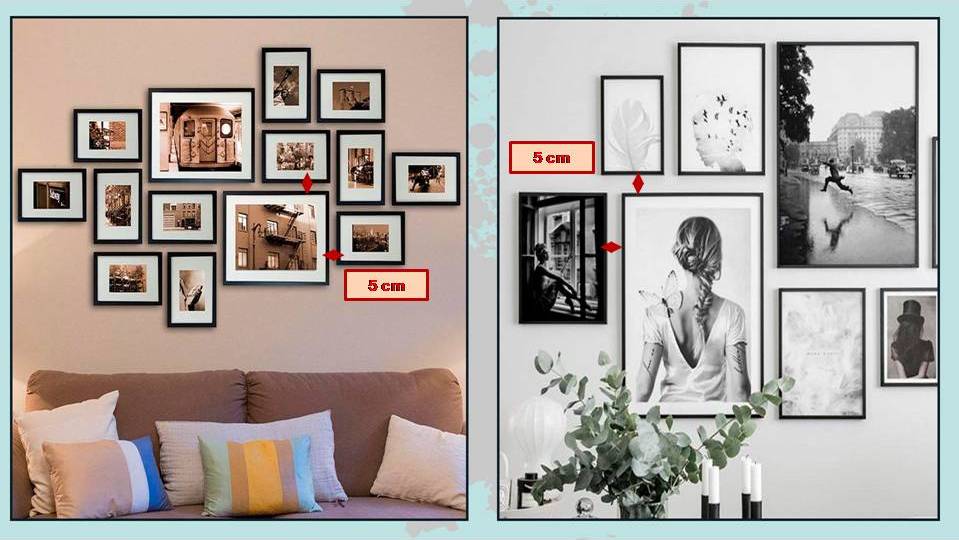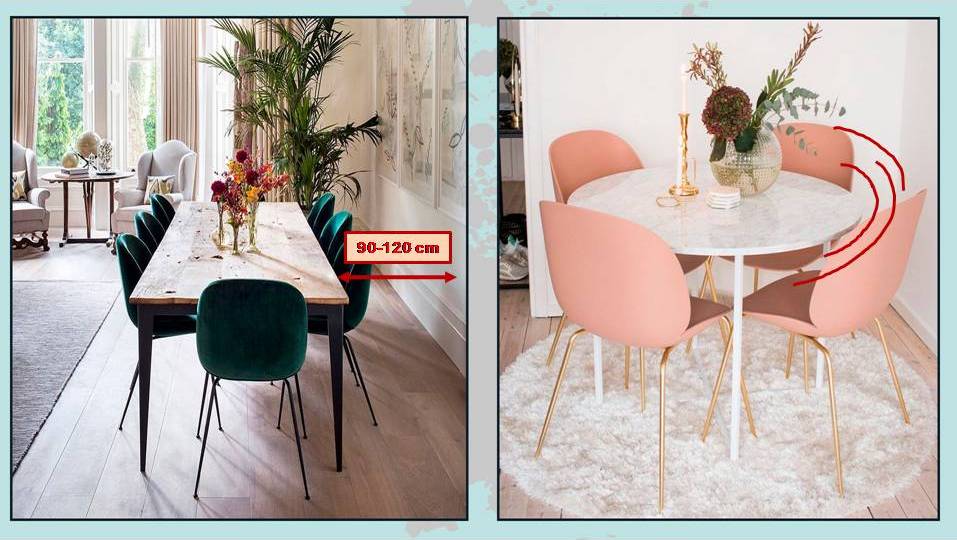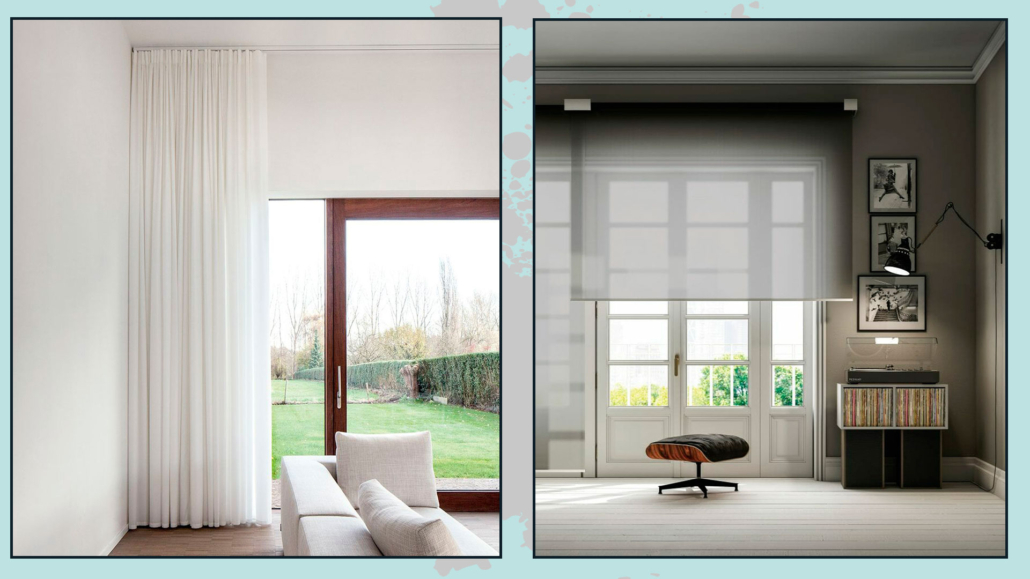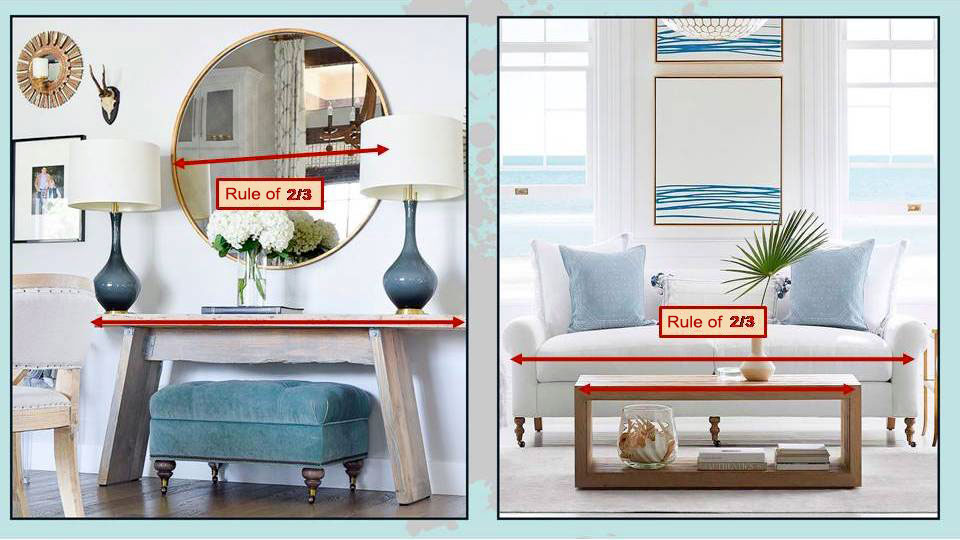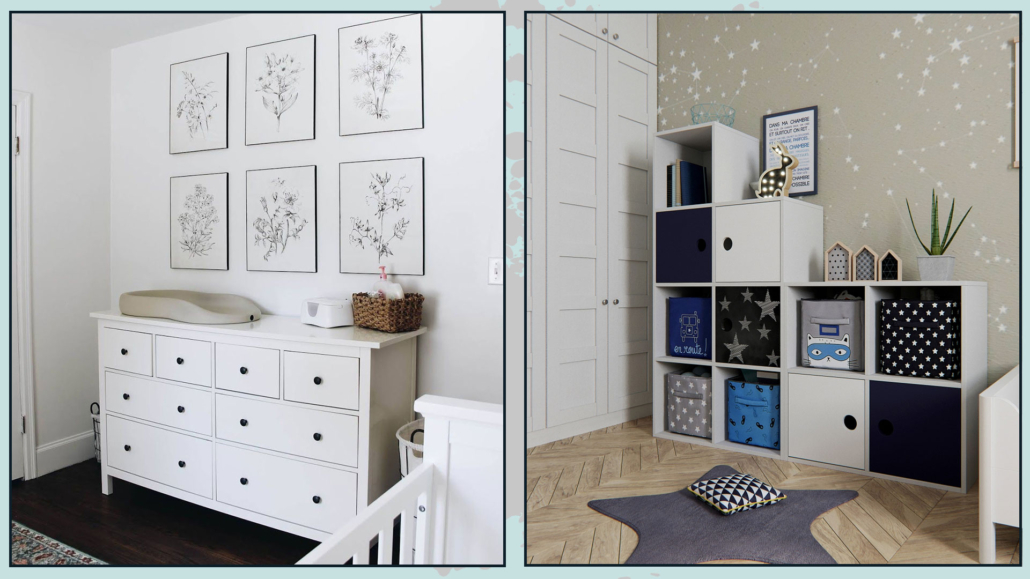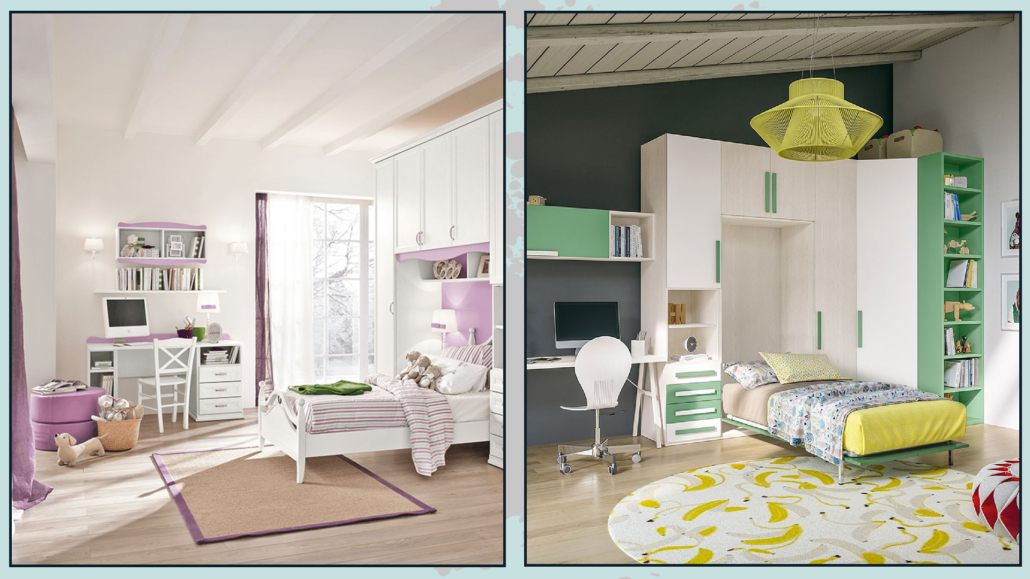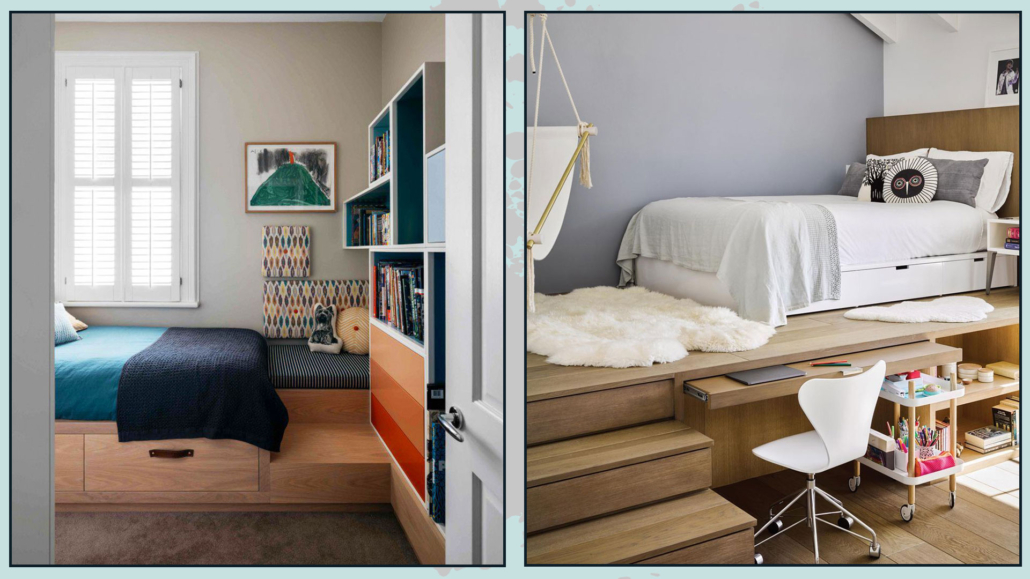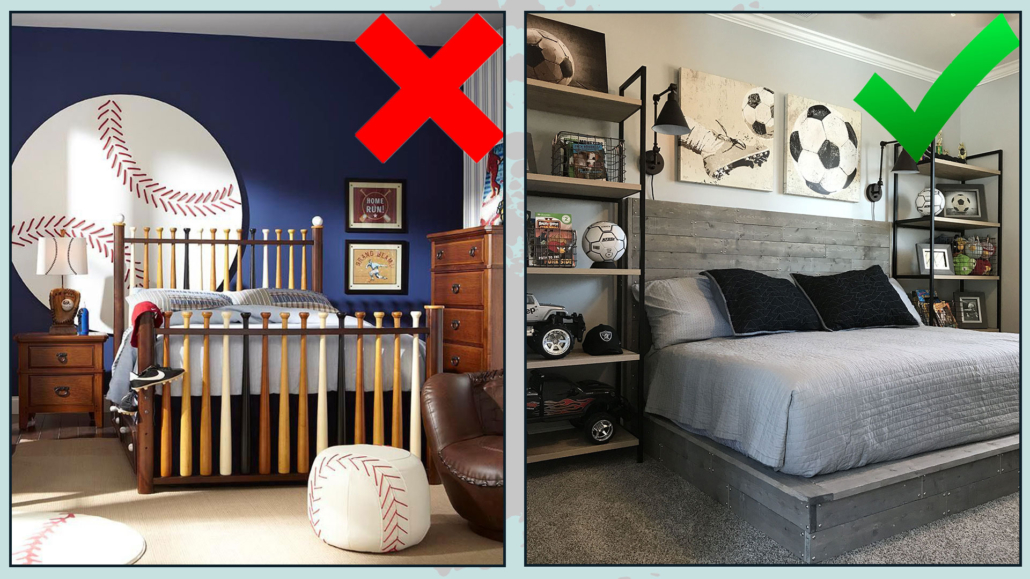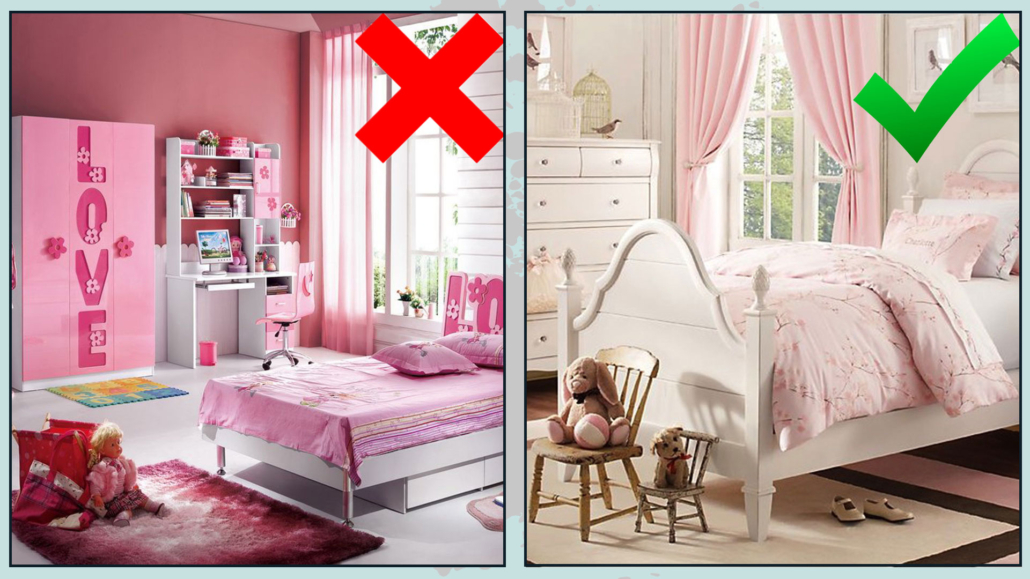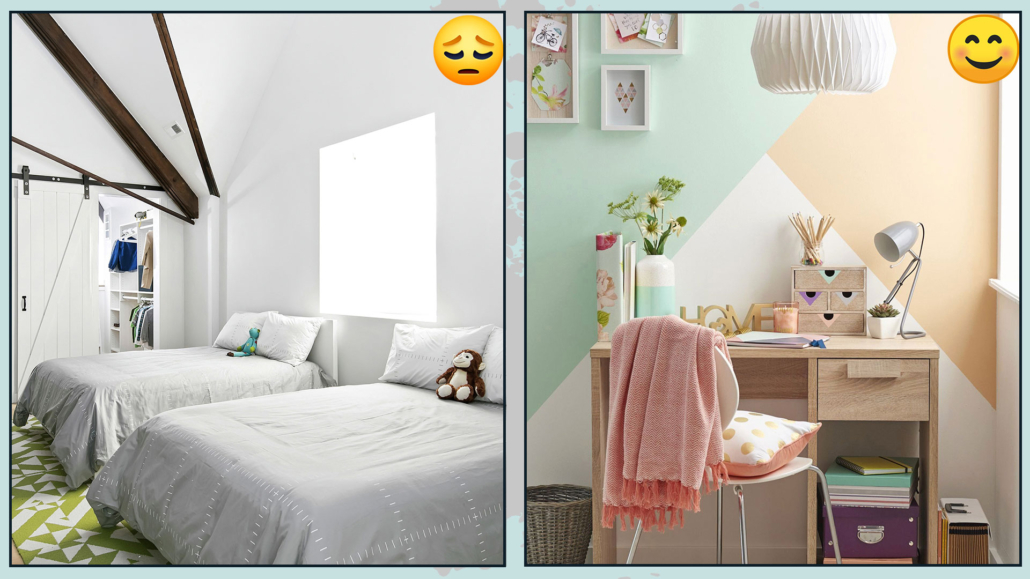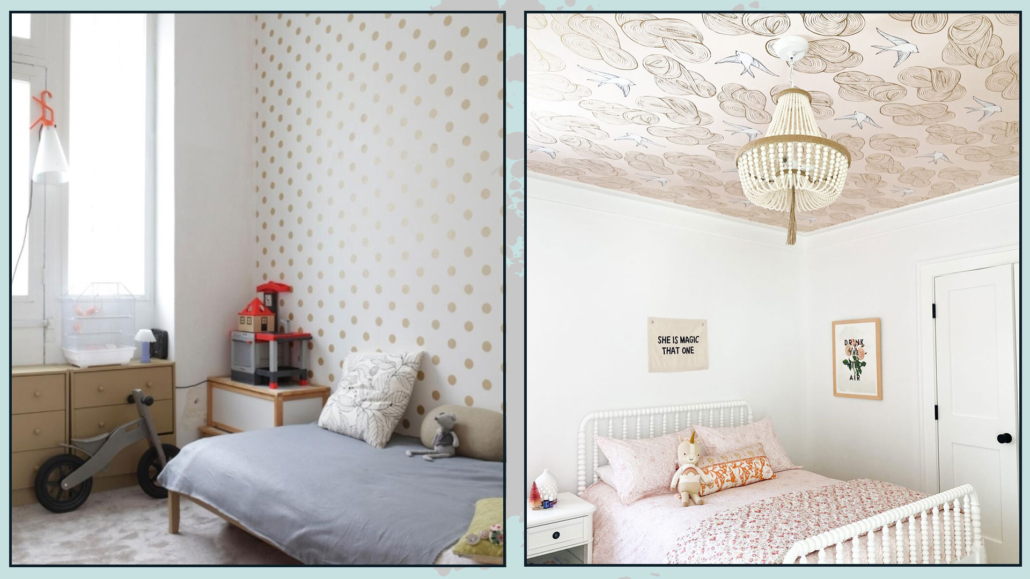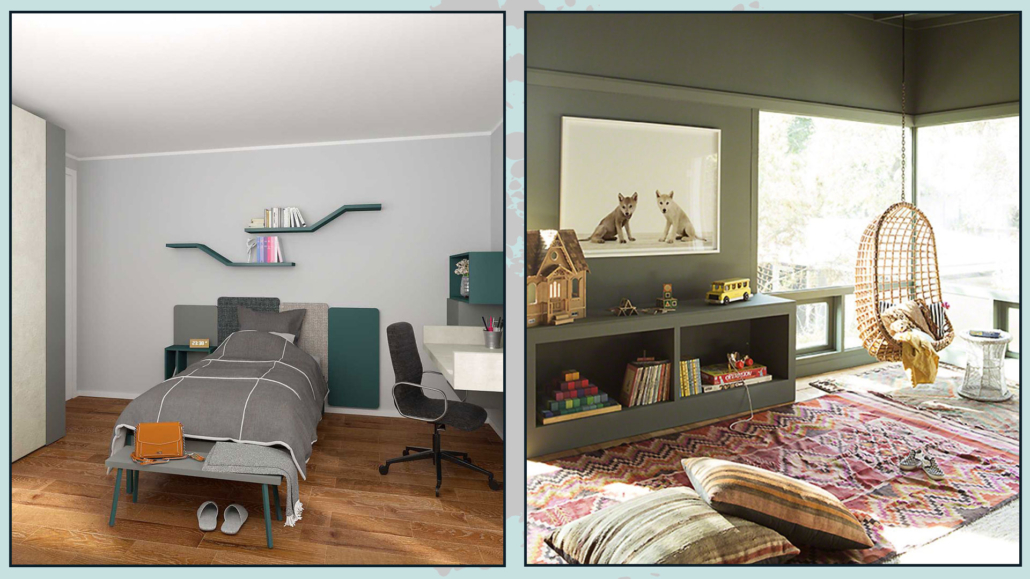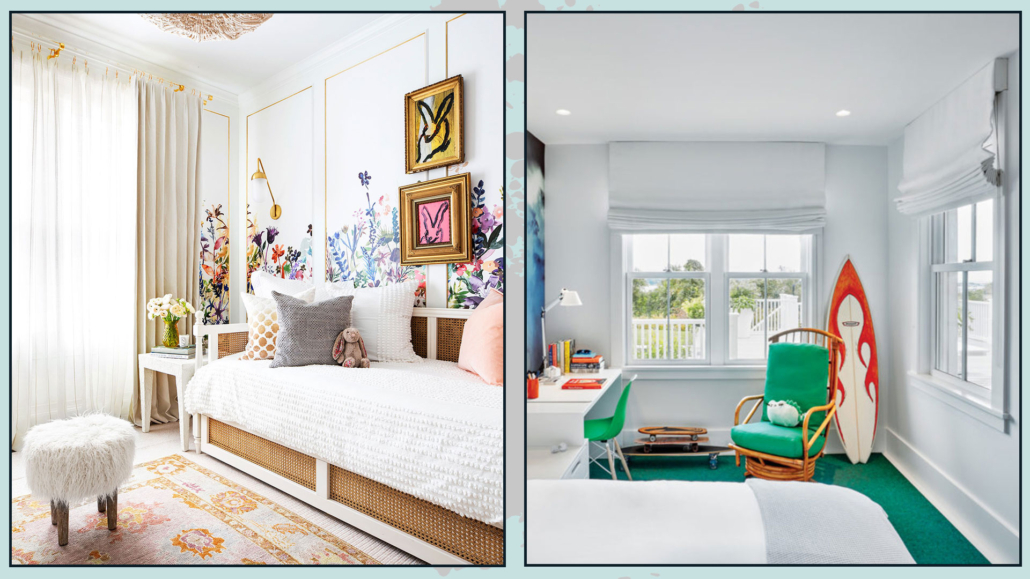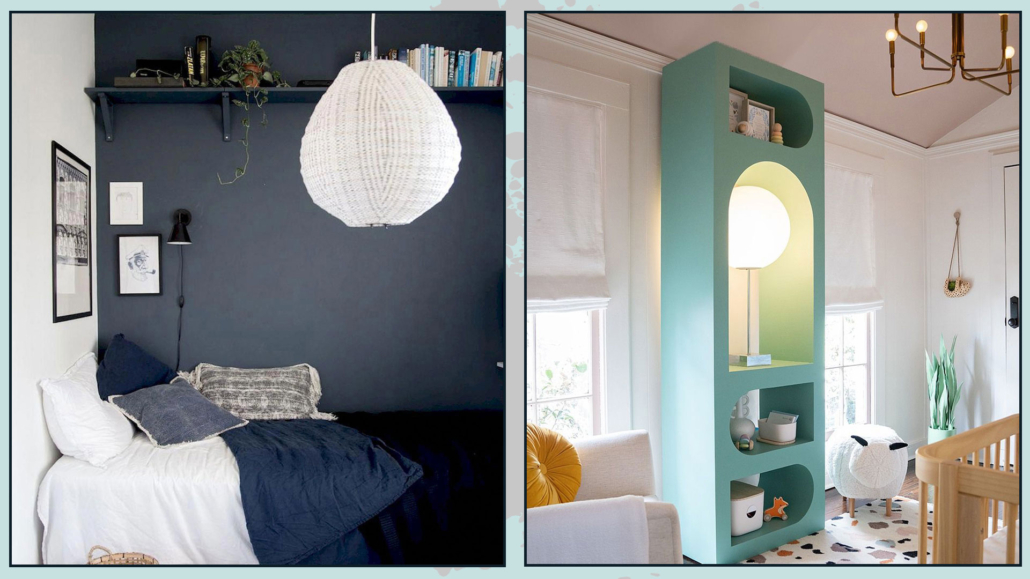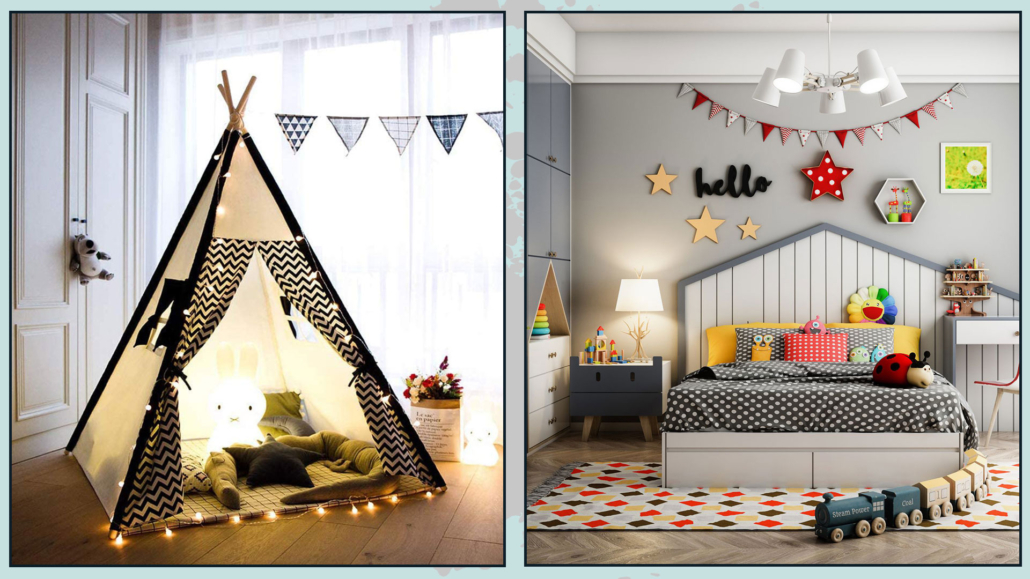How correctly to furnish the entryway? It’s a question I’m often asked!
The entryway is your home calling card, the first impression a guest will have of the rest of the house.
The entryway is a transition from the outside world to the heart of your home, so it should be welcoming and give a sense of the style and atmosphere that awaits inside!
First, you should interpret your available space: a small space does not necessarily have to be less welcoming than a large one!
Sometimes, the opposite is true because a generous space can feel empty and impersonal!
You can create a welcoming entryway even if you don’t have one walking straight into the living room!
Let’s go over 6 rules for furnishing your entryway perfectly, no matter the available space!
1 – FLOORING OR RUG
As we mentioned earlier, the entryway is a transition from the outside to the inside, so ideally, the flooring should highlight this transition.
You could choose different flooring from the rest of the house, which is ideal if your entry leads directly into the living room to divide the two areas visually.
You’d want to avoid having two floors with strong contrasts in a tiny space, but different flooring helps define specific areas.
Alternatively, you could use a rug: only remember to choose one simple to clean.
That can help prevent guests from bringing dirt into the rest of the house!
Naturally, having a doormat outside the door is also helpful to get rid of most of the dirt.
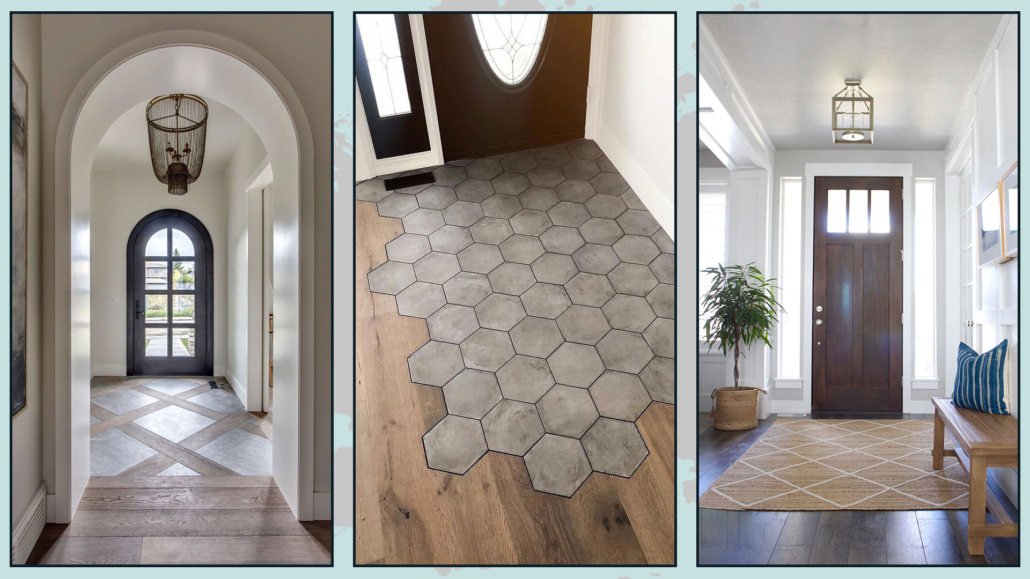
(credits: karstinteriors.com; Stefania Damaggio; Pinterest.com)
2 – ALWAYS HAVE A SURFACE TO SET THINGS ON
It’s paramount to furnish the entryway with a surface whose dimension will depend on the available space.
It could be a beautiful round table in the middle of the room, a console table against the wall, or even a simple shelf!
First and foremost, it’s functional because it’s where you’ll “empty your pockets” when you come home, but it will also serve as the focal point of the entryway.
You can place a lovely plant, a vase of flowers on it, or a tray with candles or diffusers. In short, you can decorate it as you see fit!
That is where you give a preview of your home’s style!
If space allows, you could add a small seat, like a simple pouf!
It can be handy if you change your shoes right at the entrance.
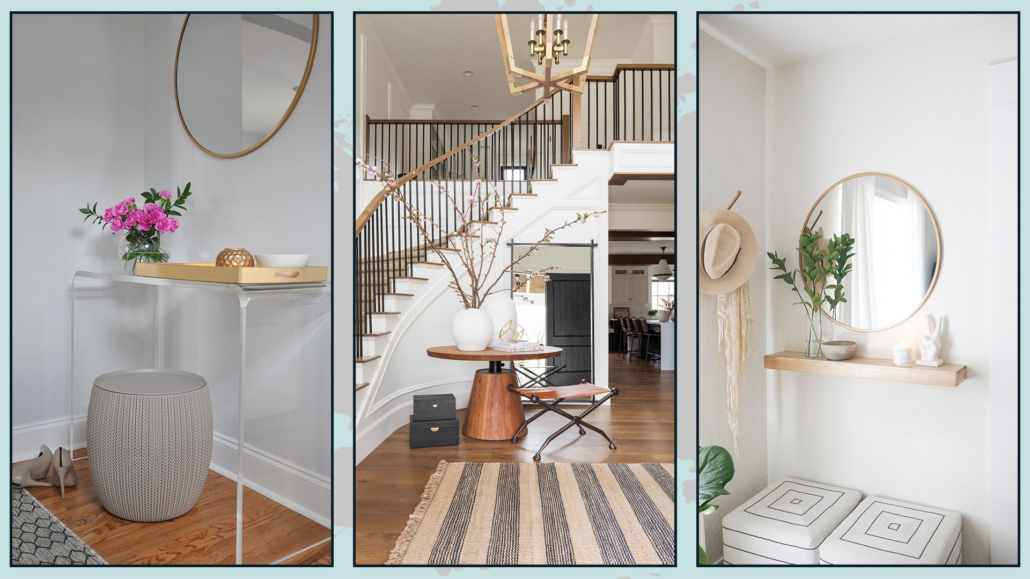
(credits: amazon.com; studio-mcgee.com; ohmeohmyblog.com)
3 – LIGHTING
To welcome your guests, lighting in the entryway is vital; you should study it, recalling that there is a transition from the outside, where lighting is totally different.
Get creative, for instance, using recessed ceiling lights: as for the flooring, if your entryway opens into the living room, lowering the ceiling can visually separate the two areas.
You can furnish the entryway with unique and original chandeliers or wall sconces, anything that not only lights the space effectively but, like the surface area, gives a sense of your home’s style and atmosphere!
Play with different types of lighting: use recessed lights or chandeliers for general lighting, but where possible, add a floor lamp or a beautiful table lamp to create a cozy ambiance!
(If you want to know a little more about how to correctly light I talk about it here)
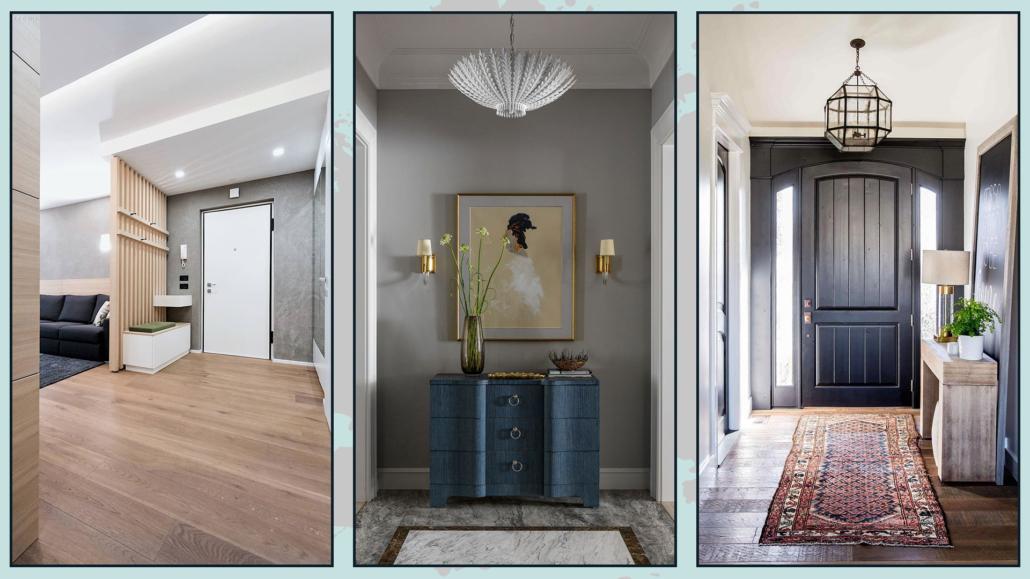
(credits: vogliadiristrutturare.it; amazon.it; houseofjadeinteriors.com)
4 – STORAGE ELEMENTS
When someone visits you, especially in winter, they’ll likely have something to take off and set down, and the same goes for you when you come home!
Of course, a built-in closet isn’t always possible, but many different solutions on the market can adapt to any space.
There are open shelving units that function as coat racks, classic coat racks, or even wall-mounted hooks—some are incredibly original and, when placed correctly, can be very artistic!
You can add a few baskets for smaller items; this will also give a stylish touch to the entryway!
And don’t forget an umbrella stand—if it rains, at least you won’t have wet umbrellas dripping all over the place!
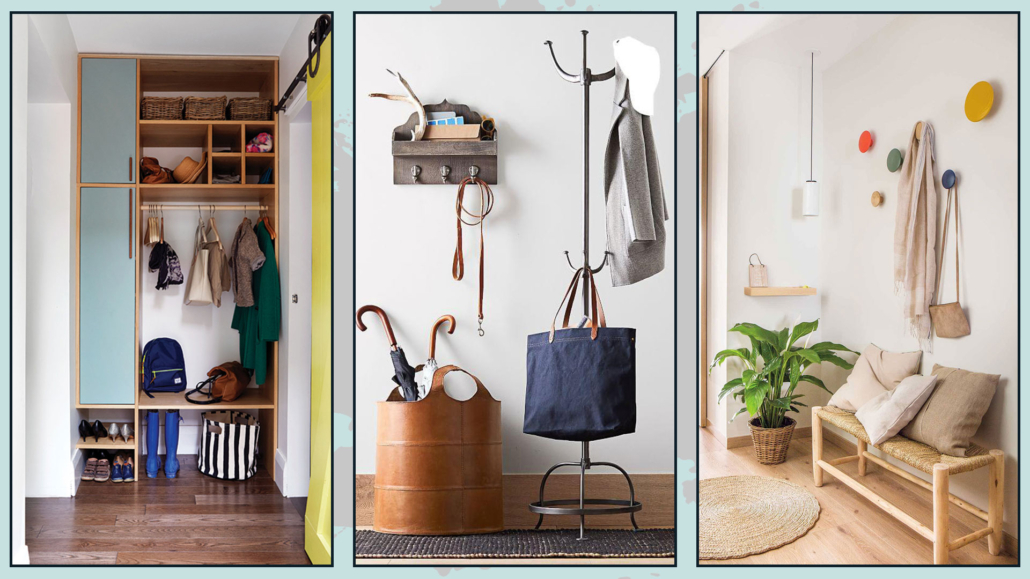
(credits: cutlerkitchenandbath.com; dienlanhsapa.com; elmueble.com)
5 – MIRROR
Having a mirror at eye level in the entryway is very important because:
– You can take a final look at yourself before heading out;
– Your guests can check they look presentable before fully entering the house!
That is a detail not to overlook! Just as you prepare your home when expecting guests, they also want to look their best when visiting you. Coming in from outside, they might need a quick touch-up, so give them that chance!
Depending on the space, you can place a beautiful mirror above the console table or create a composition of mirrors—feel free to get creative according to your style!
Plus, the mirror will help enlarge the space by reflecting light!
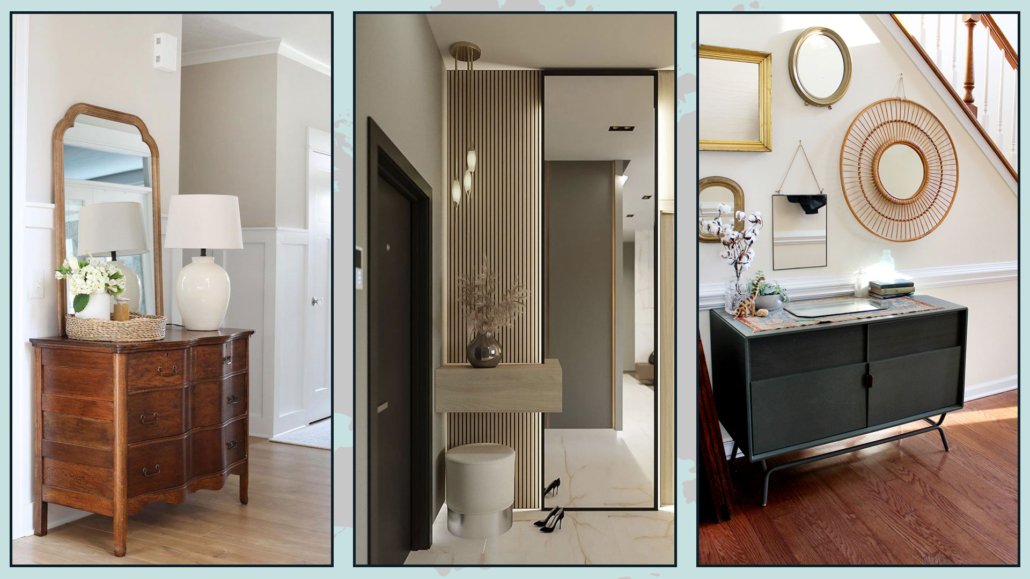
(credits: twotwentyone.net; Marina Karpilovsky; lagnappe.com)
6 – PLANTS AND FRESH FLOWERS
By now, you know that plants are vital in any room of the house; in the entryway, they also have a psychological significance: as earlier mentioned, the entryway is the transition space from outside to inside, and plants help to create a smoother connection (even if you live in the city!).
Plants, vases with branches, leaves, or fresh flowers, it doesn’t matter; what is paramount is to have something, even tiny, that brings a touch of nature!
Plants also add fragrance, texture, and color, making them ideal for decorating an entryway!
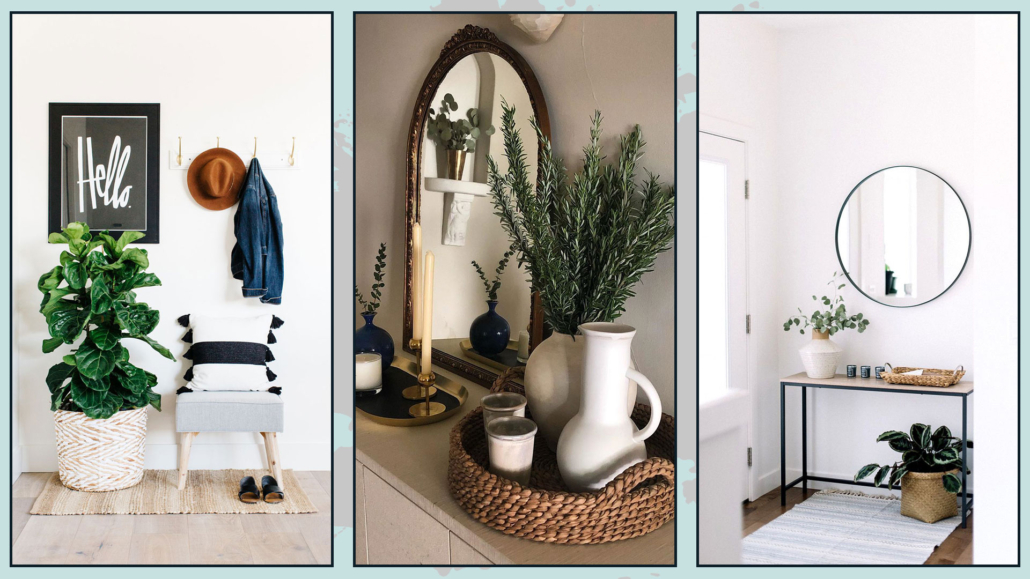
(credits: brainstudy.info; Muebles Home Direct; amazon.es)
I hope you enjoyed this article and found it helpful.
If so, don’t hesitate to share it with someone you think might be interested; I would be honored, and it will help me get known.
If you feel that your home, or any part of it, doesn’t reflect you enough, don’t wait any longer: fall in love with your place again and book your consultancy!
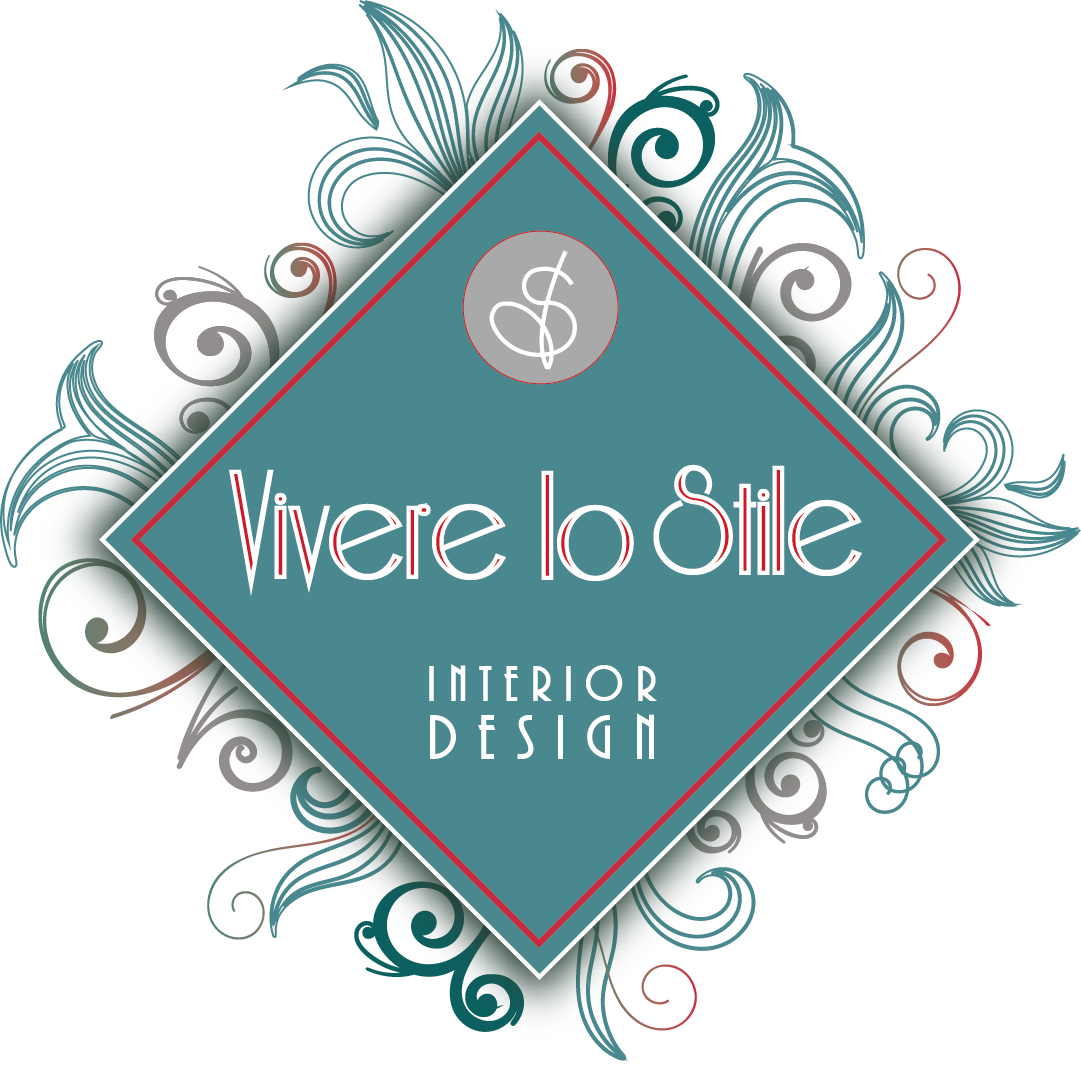
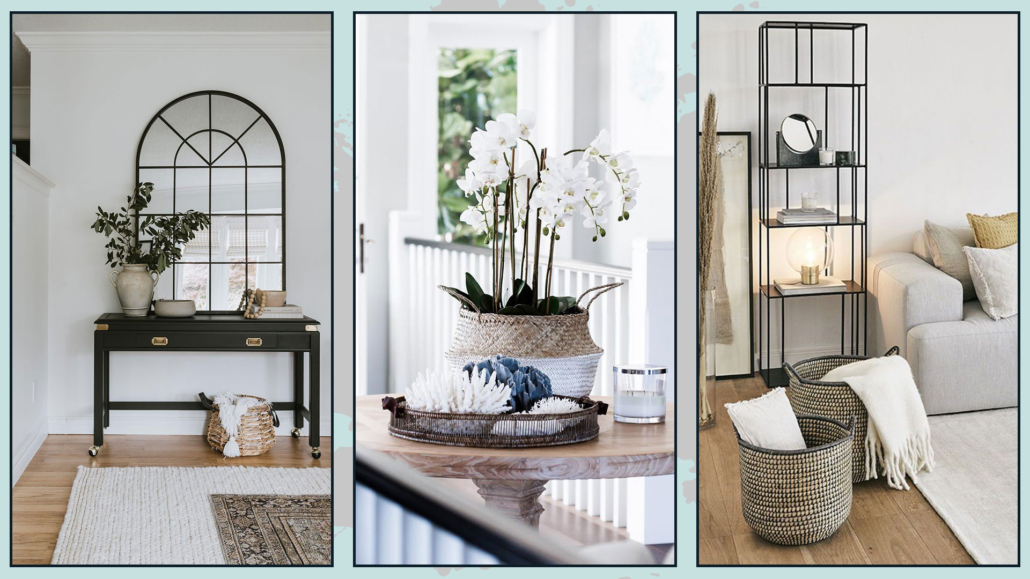
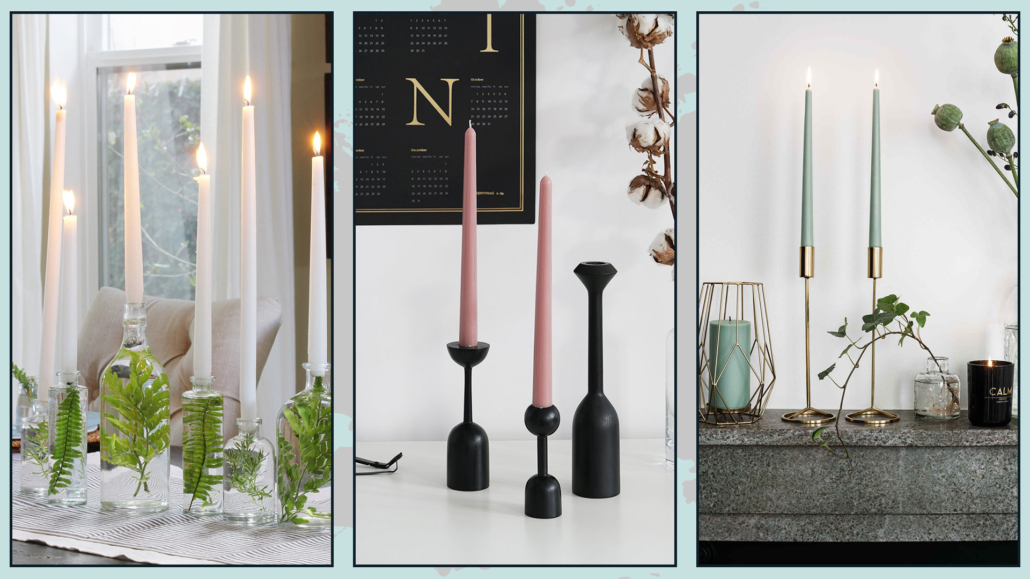
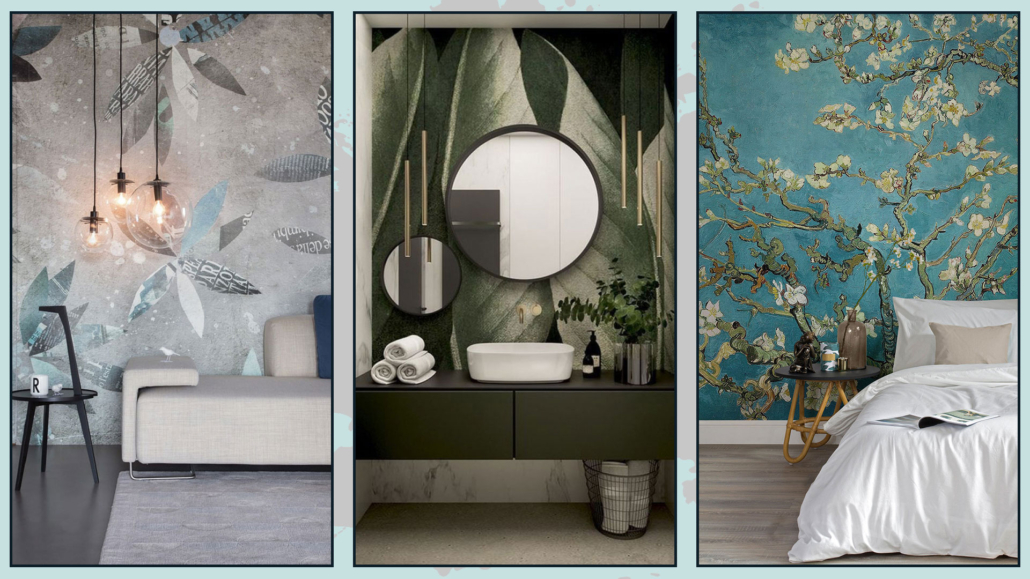
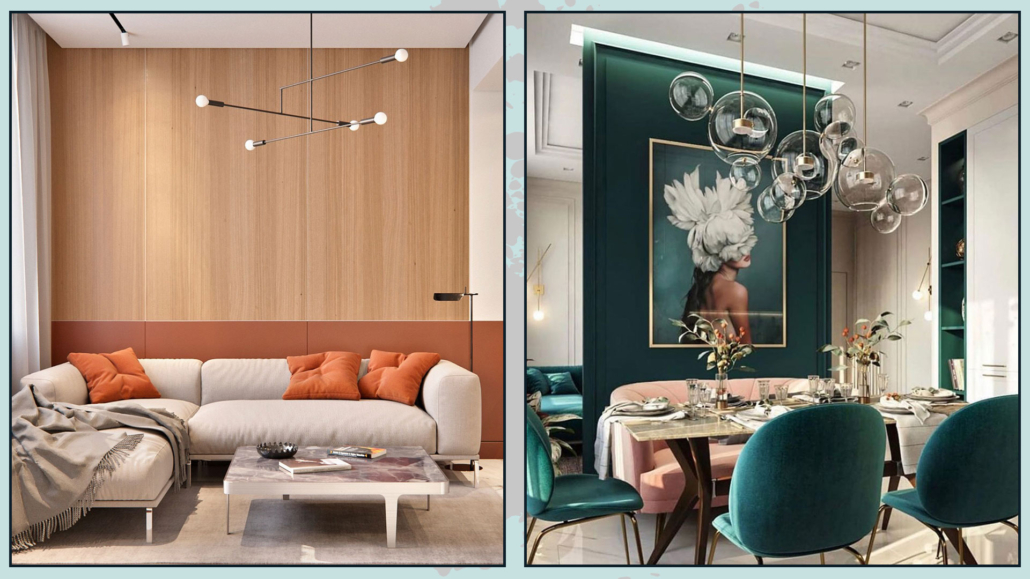
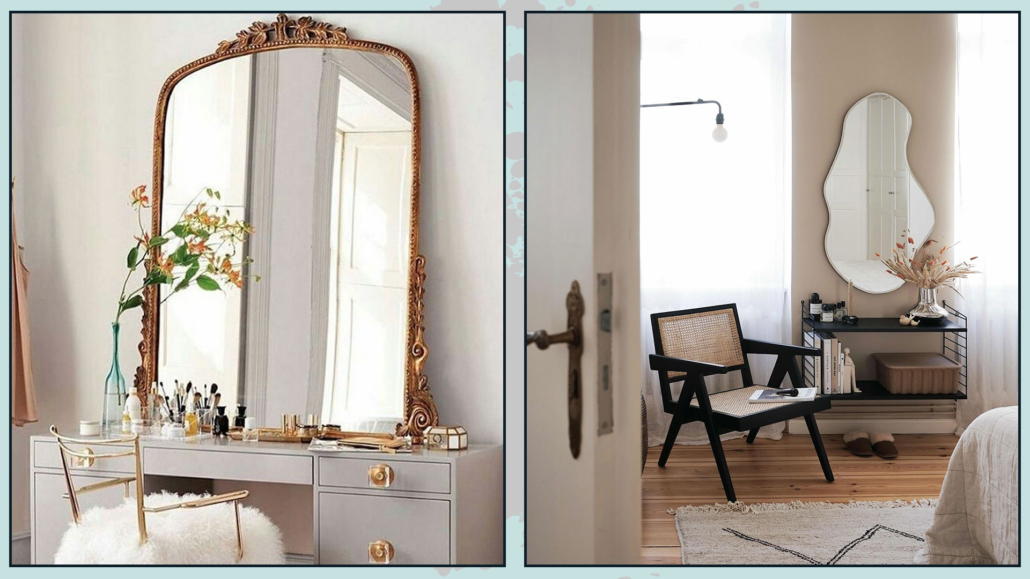
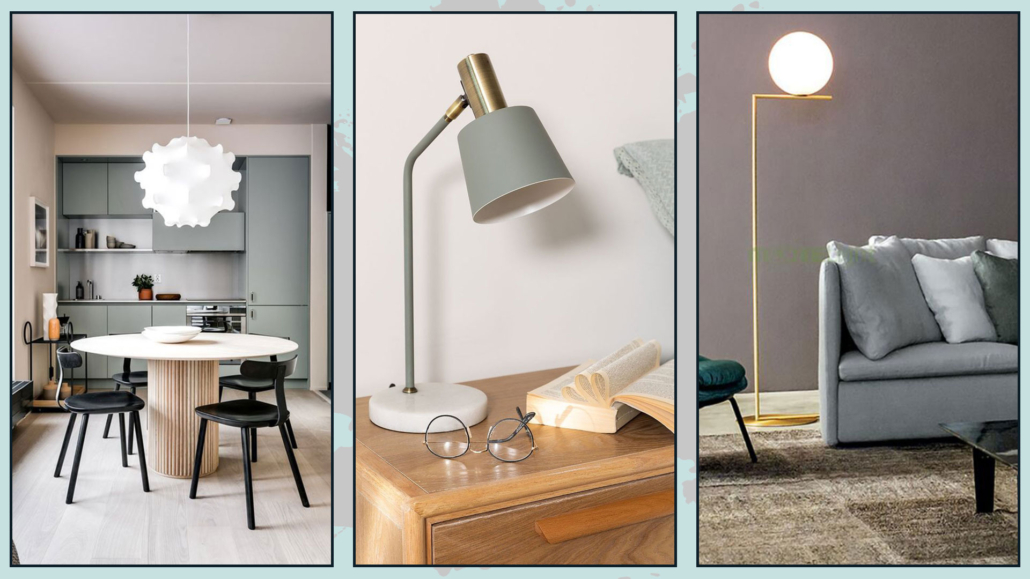
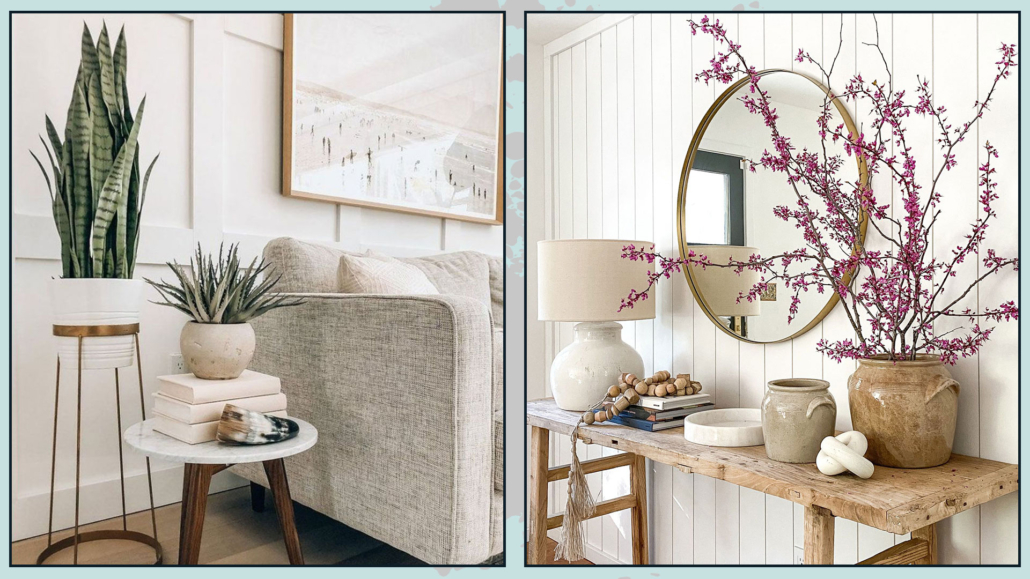
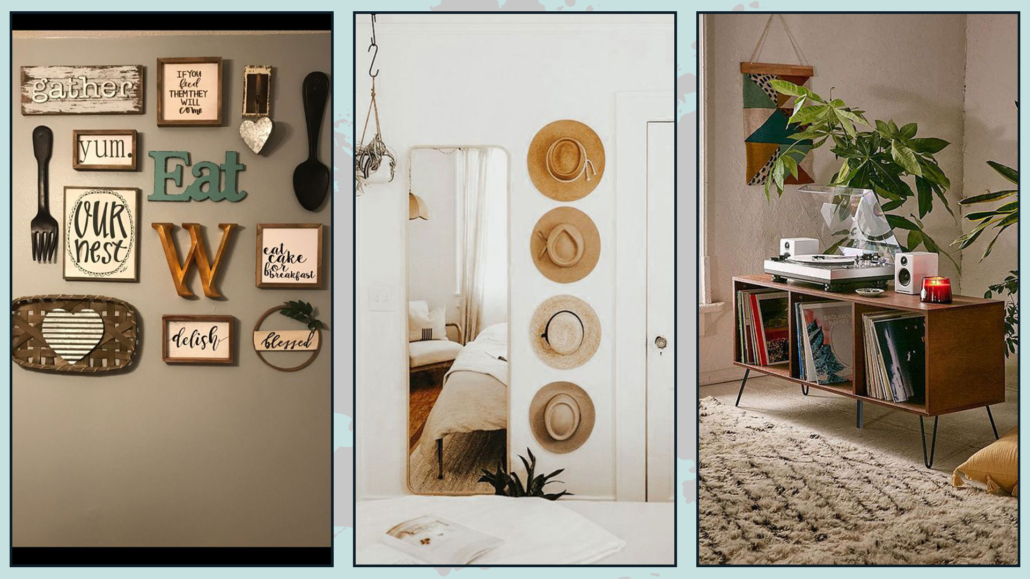
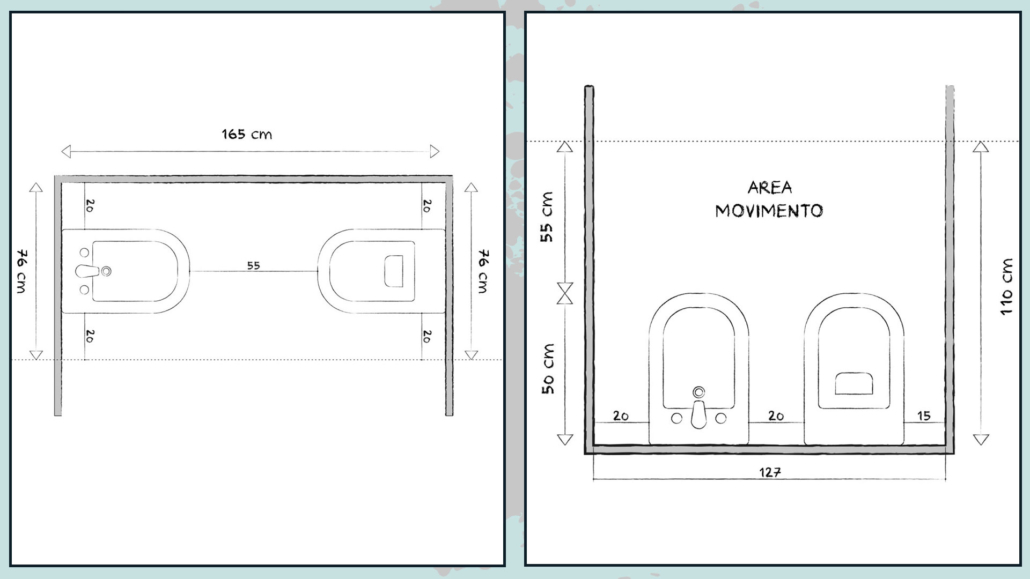
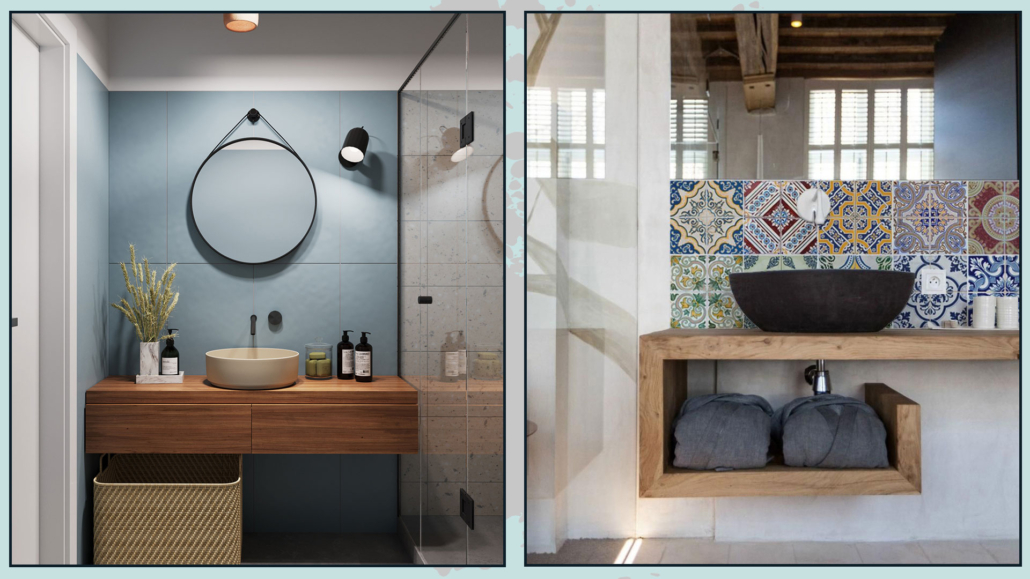
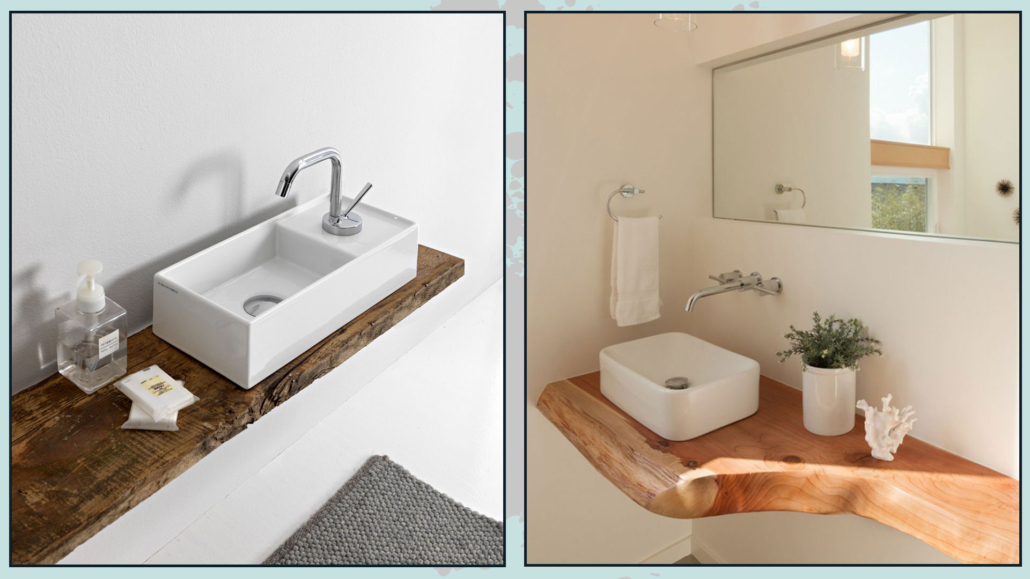
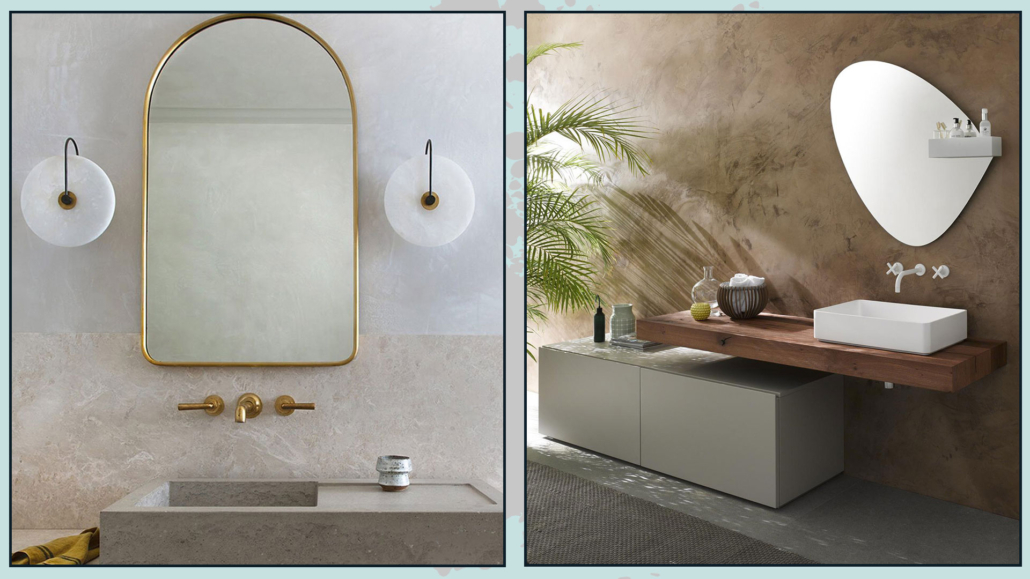
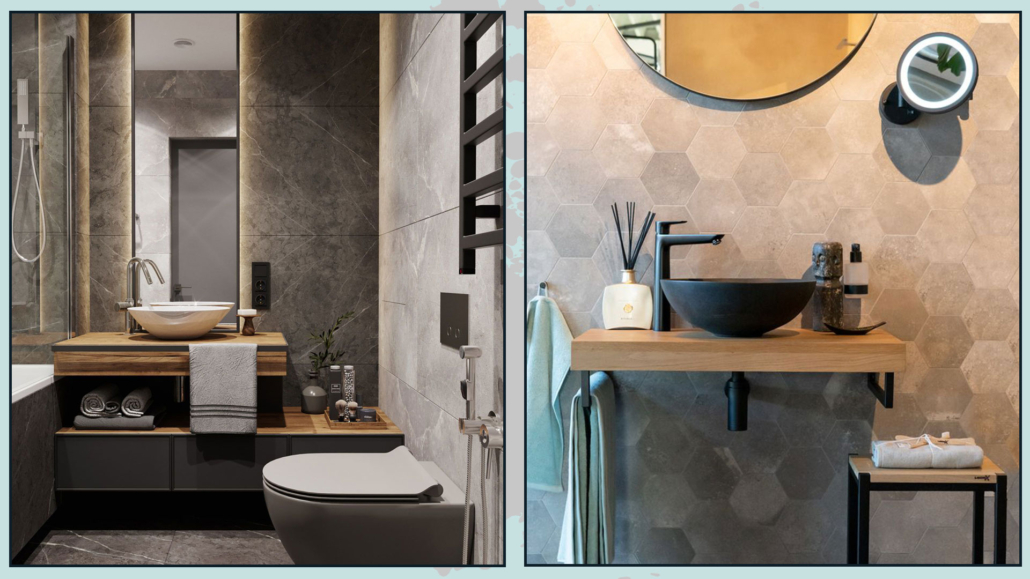
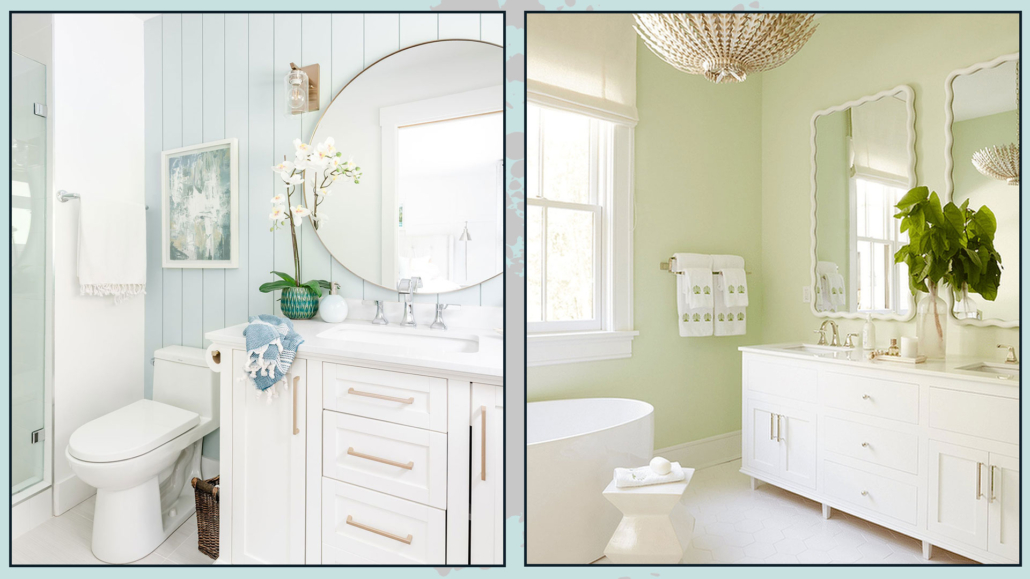
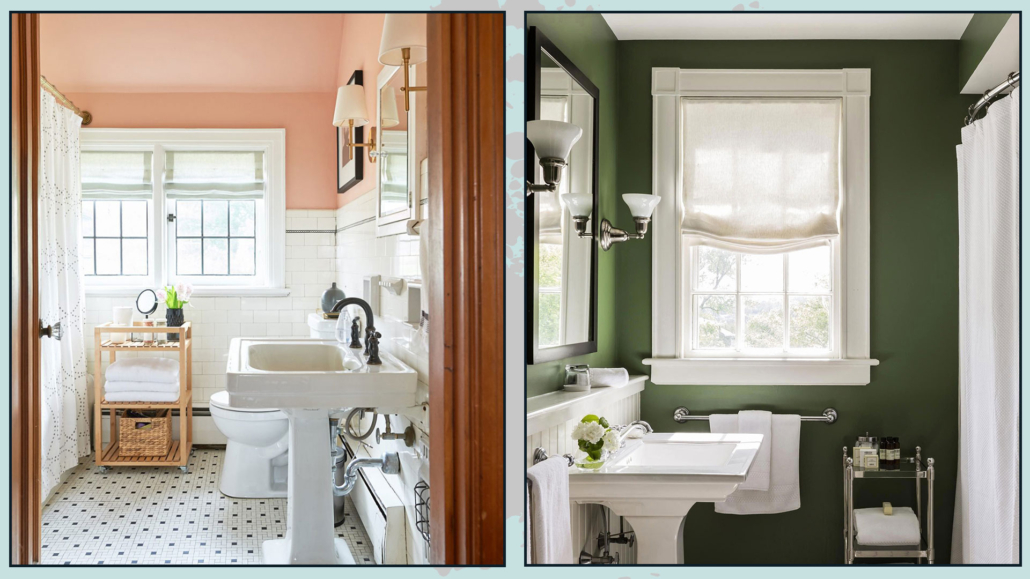
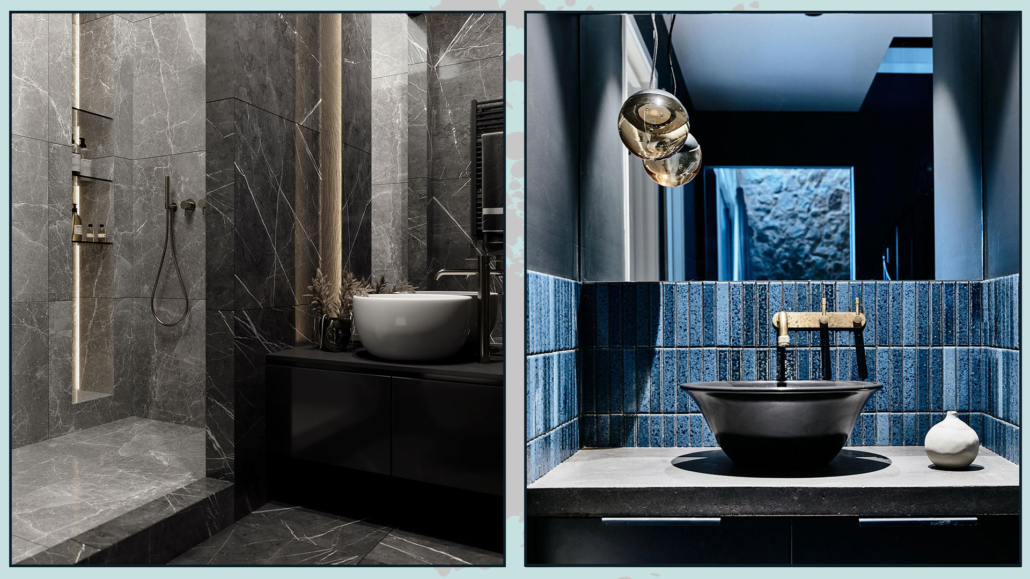
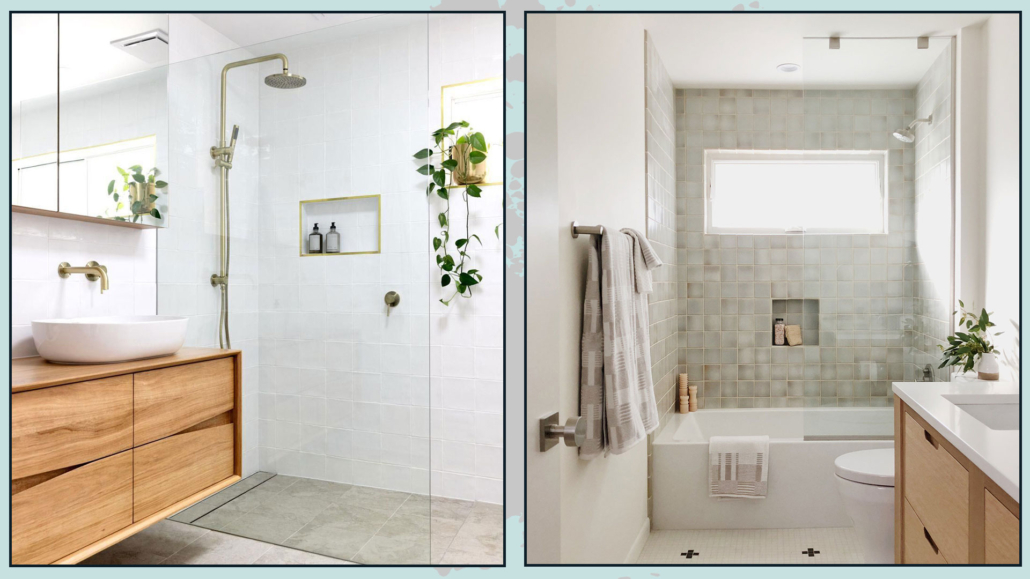
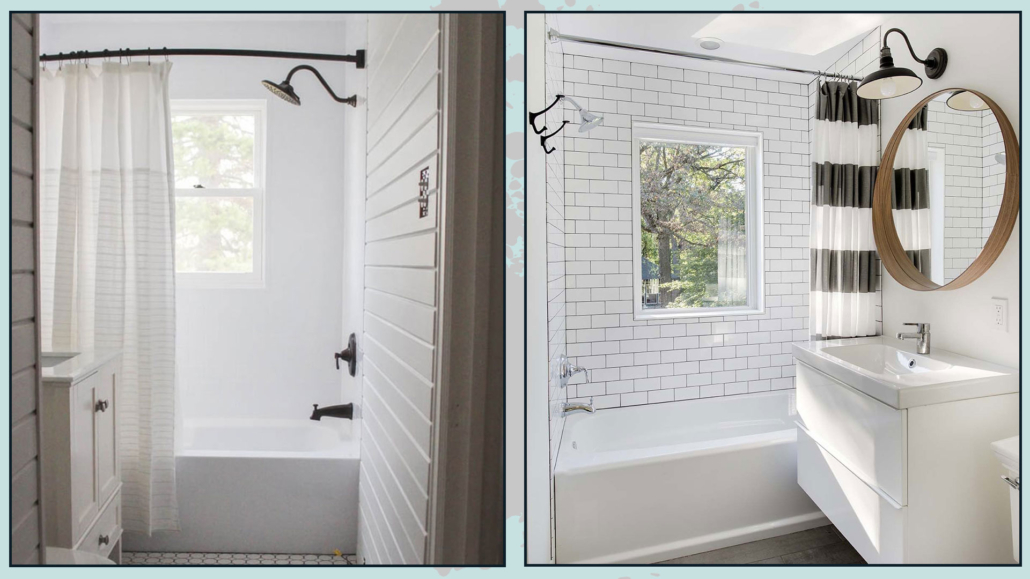
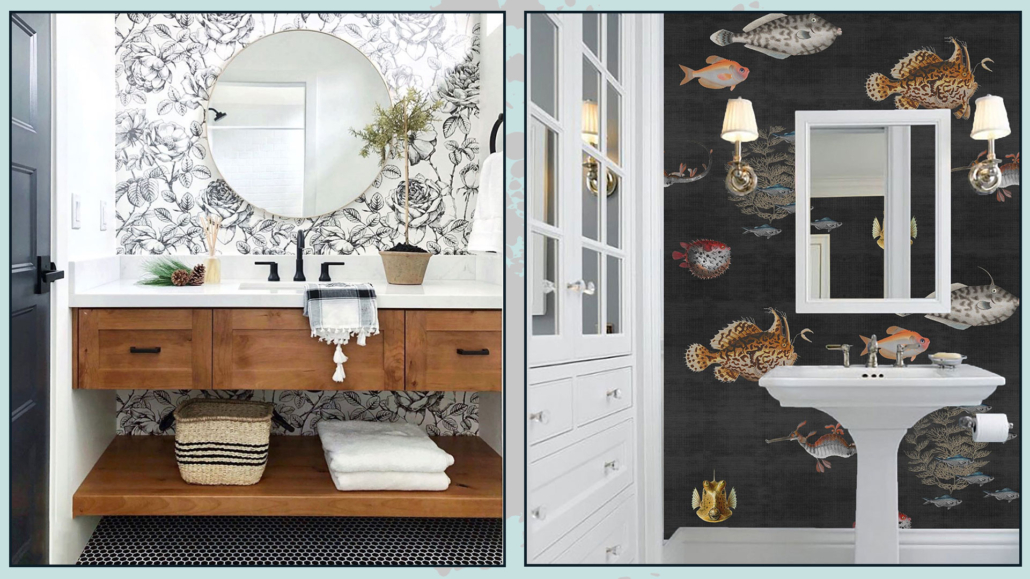
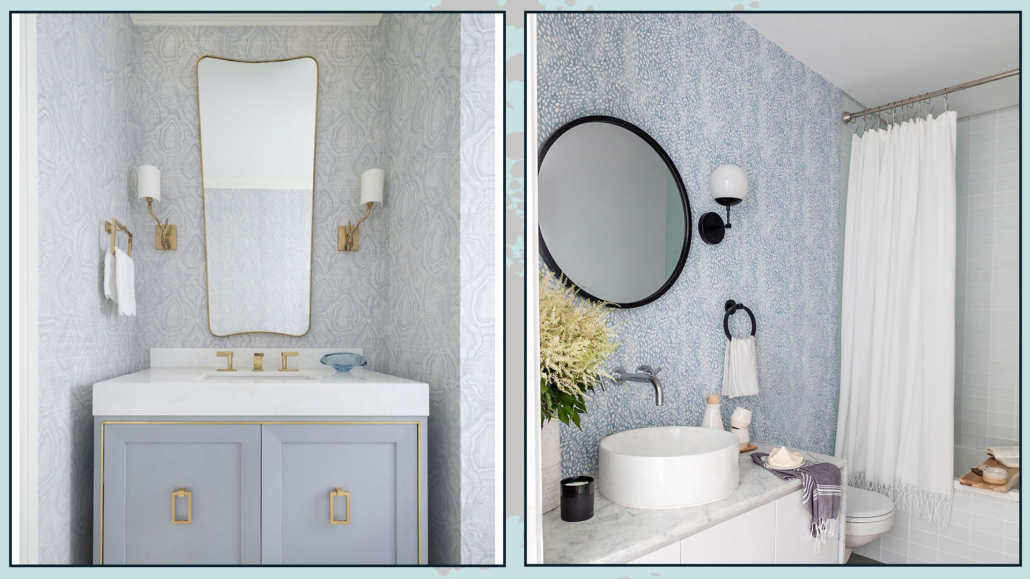
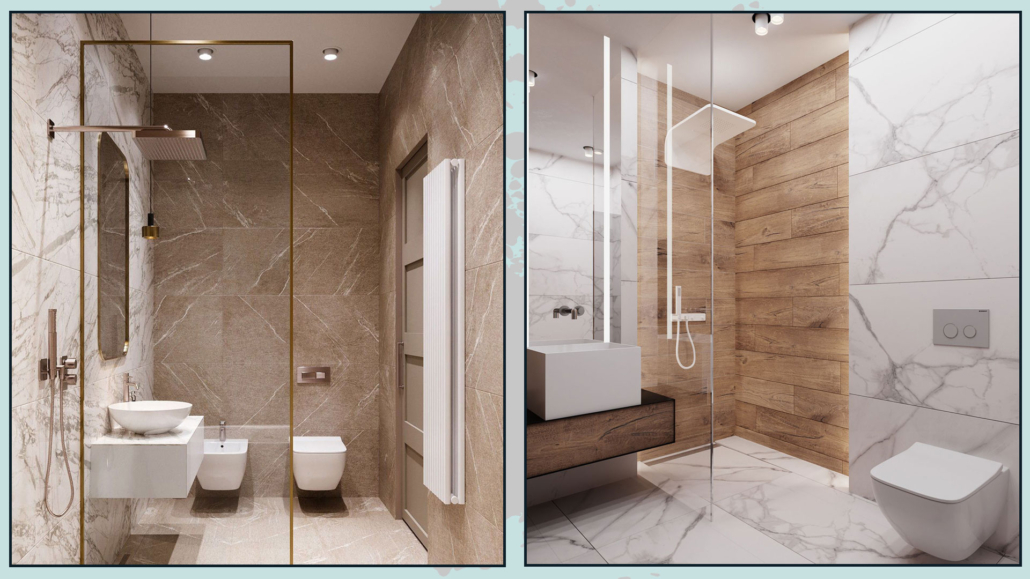
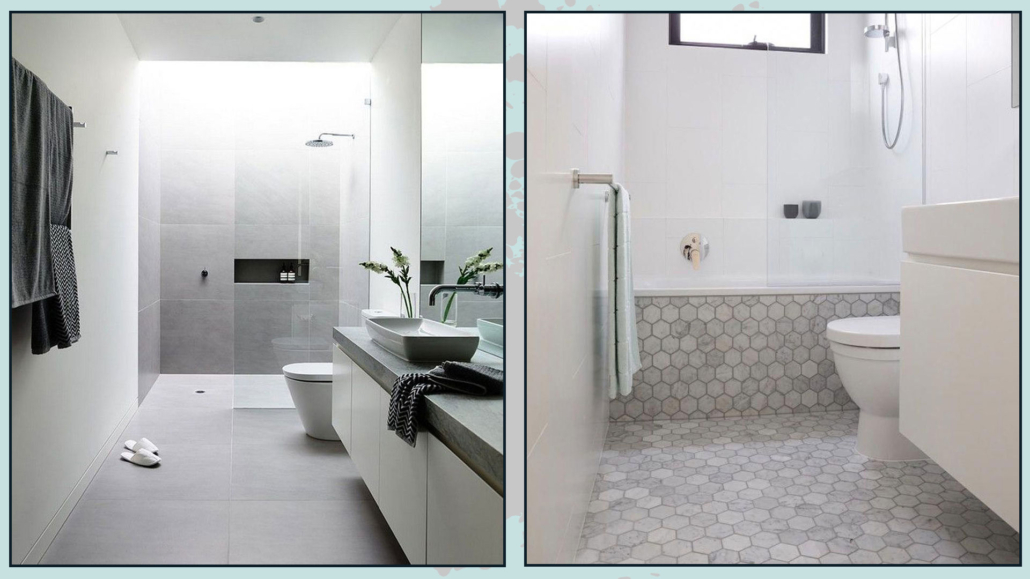
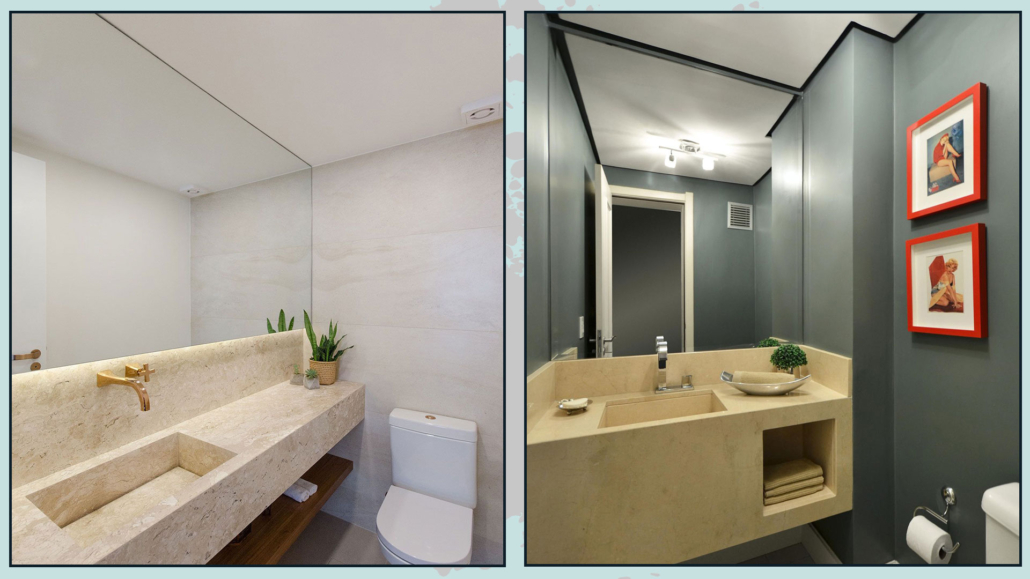
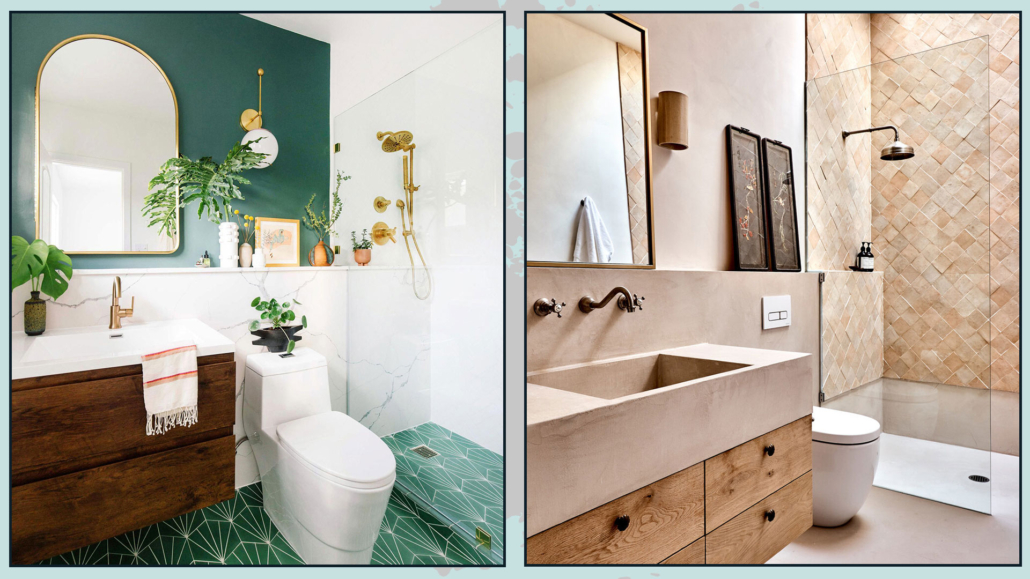
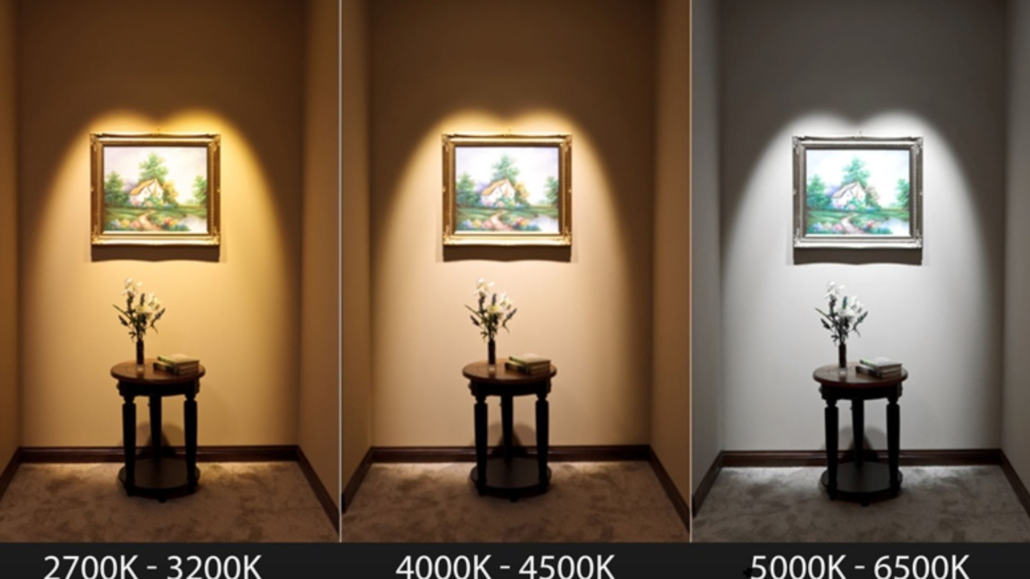
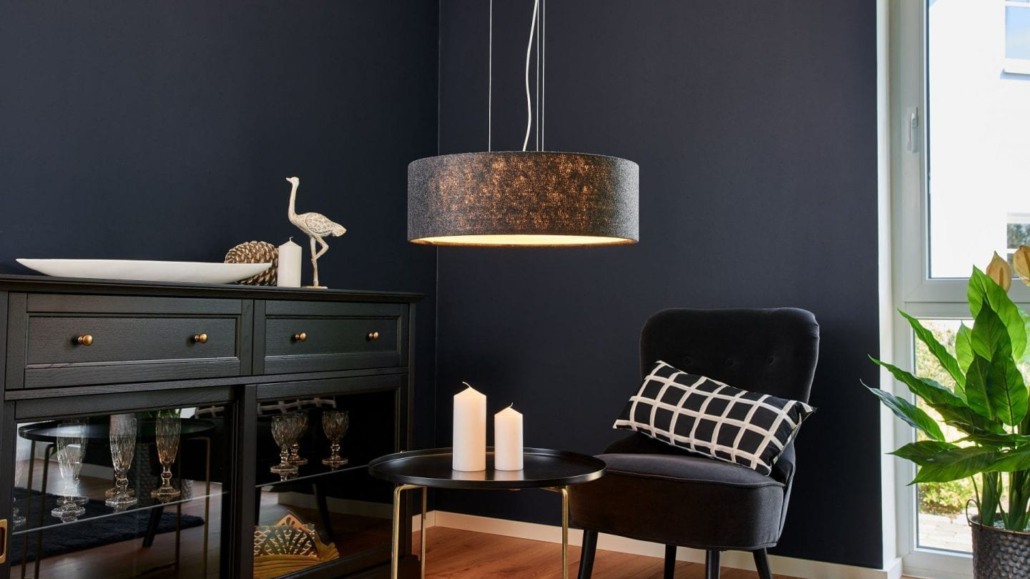
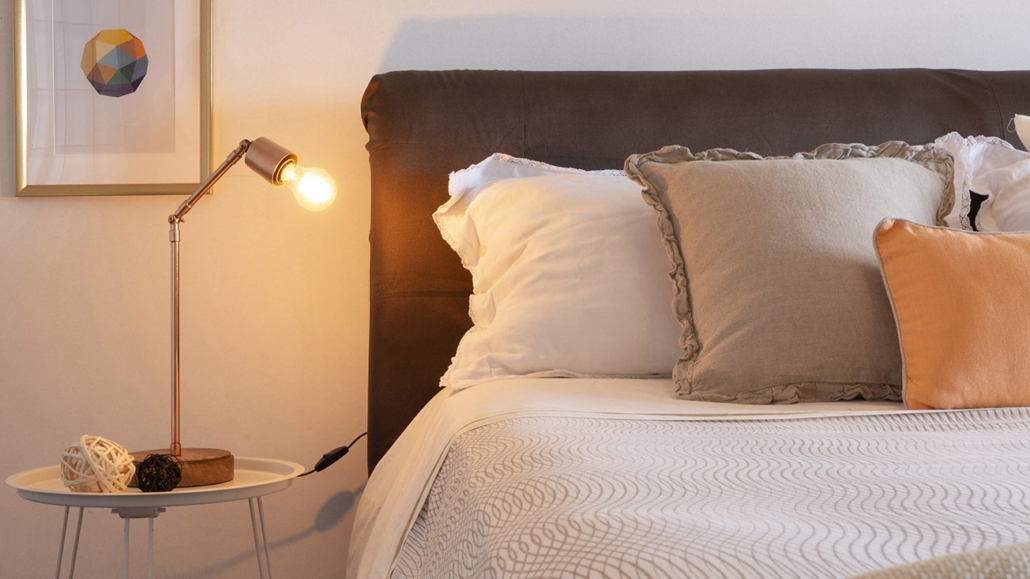
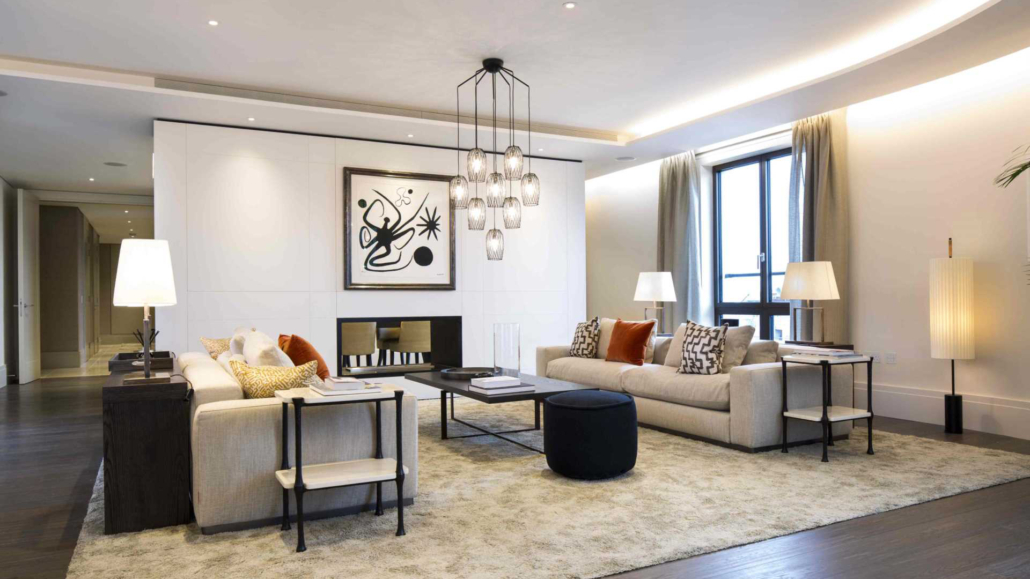
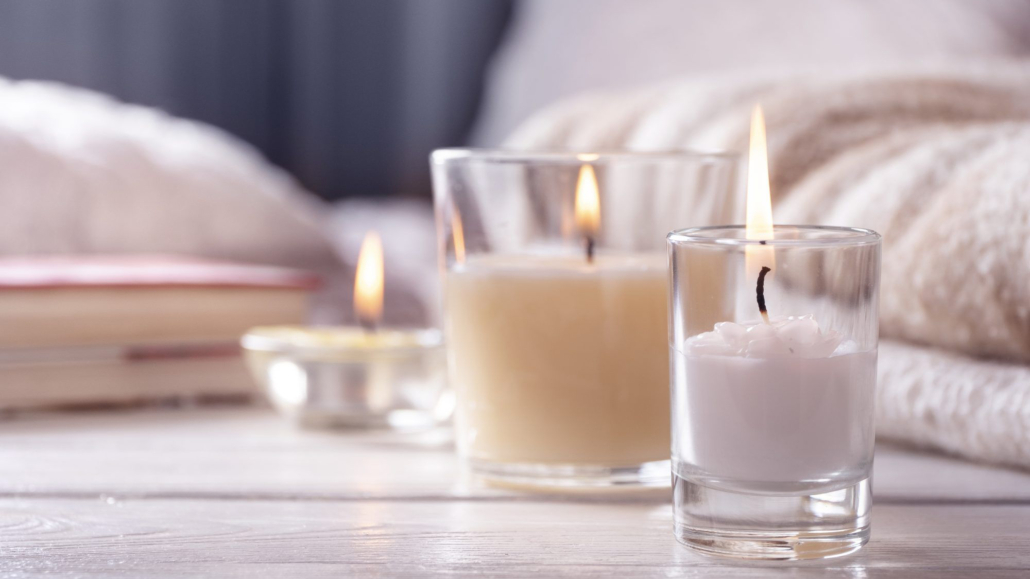
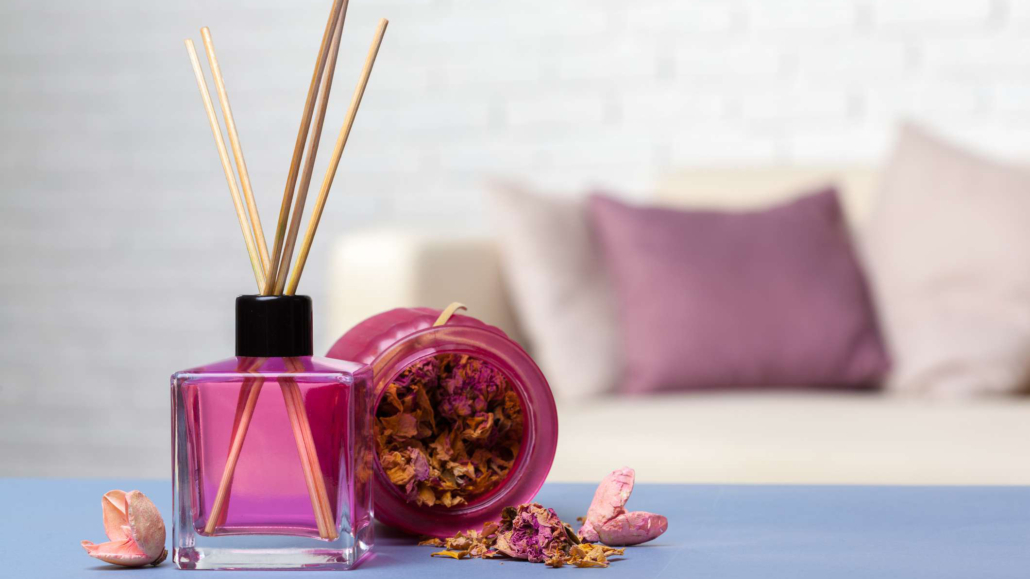
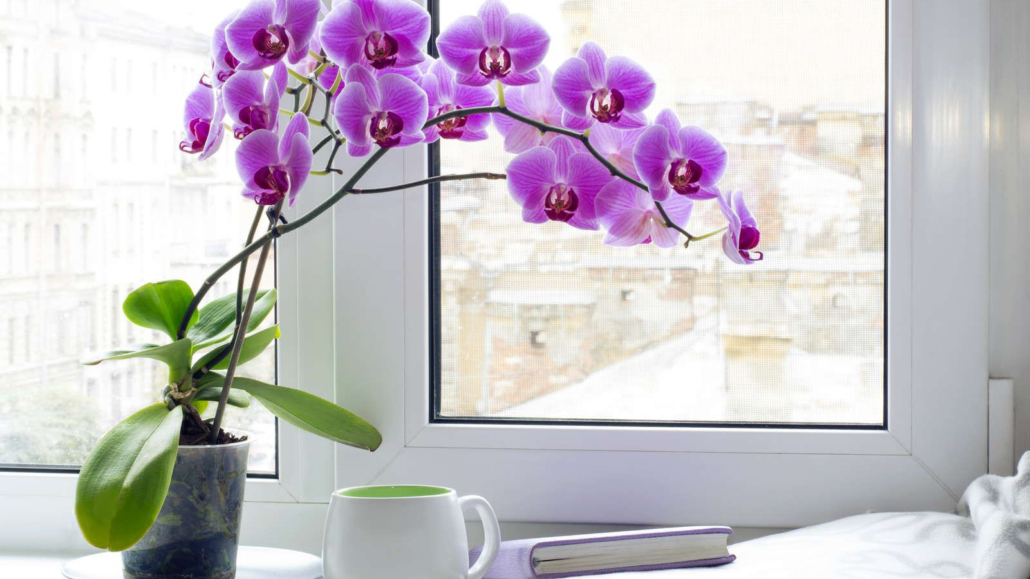
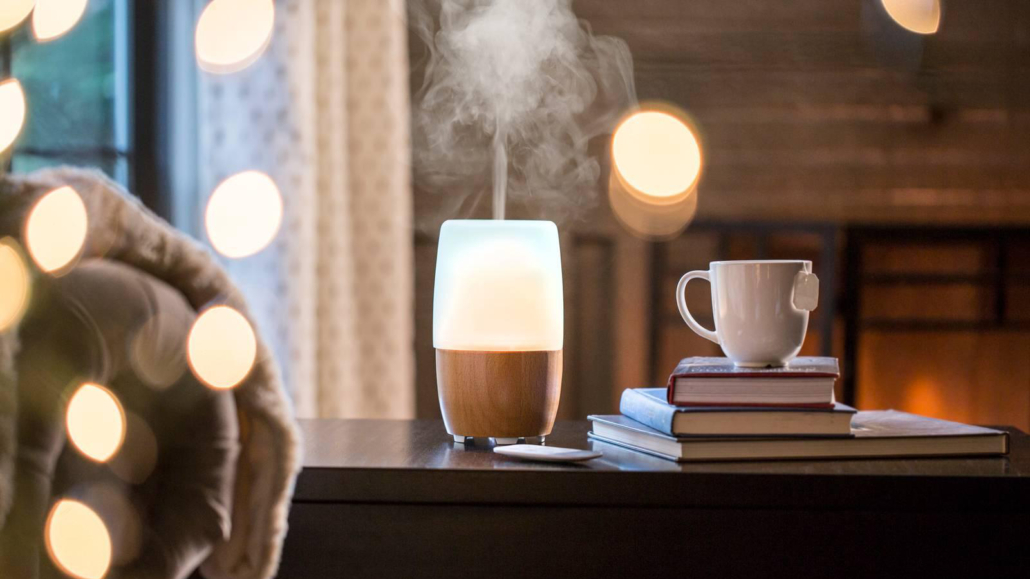
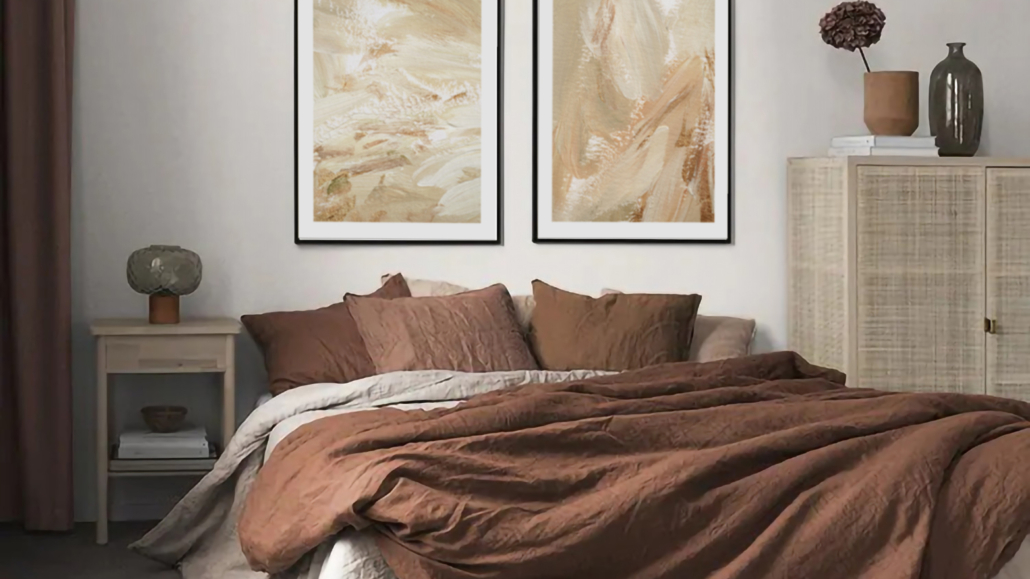
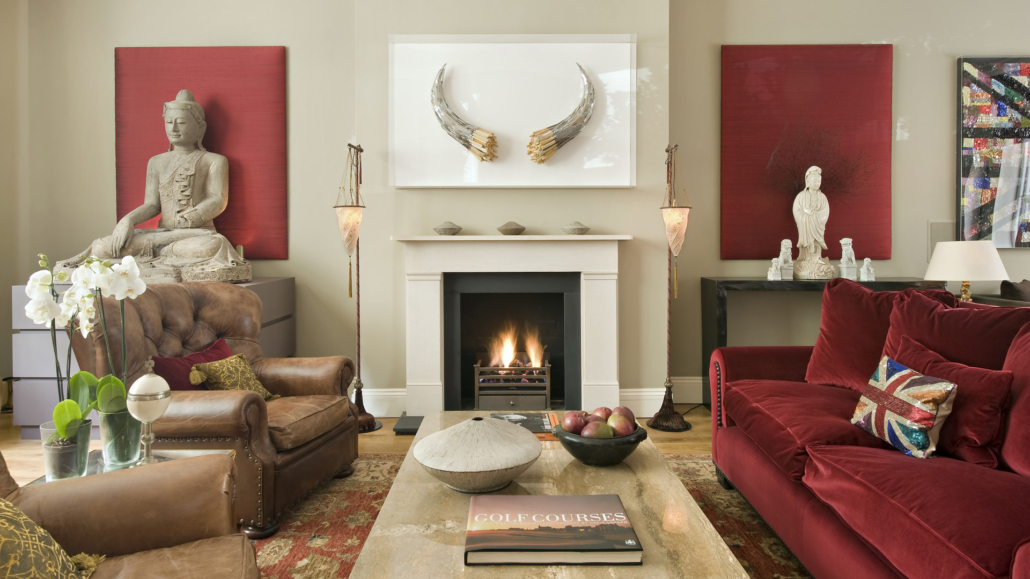
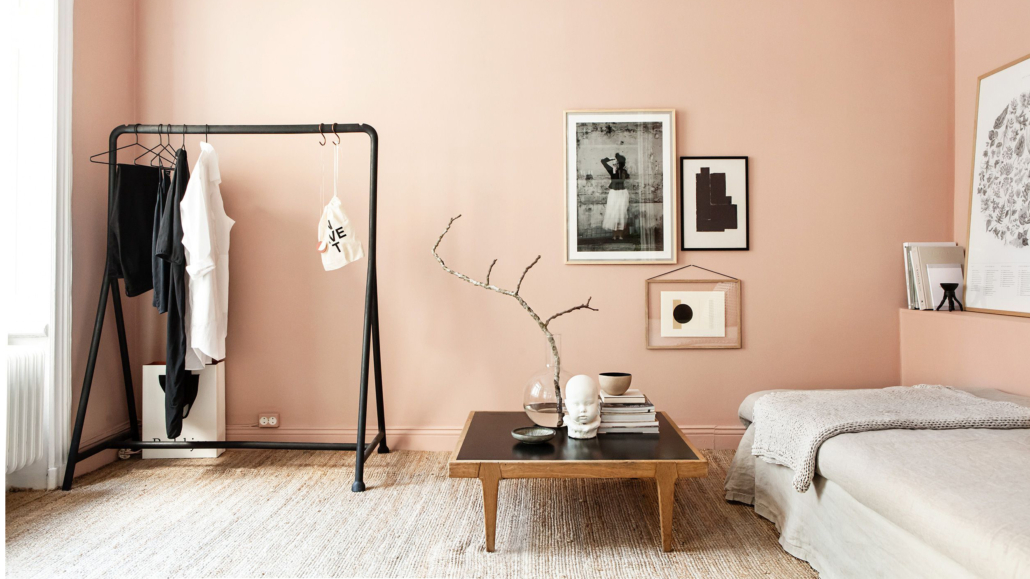
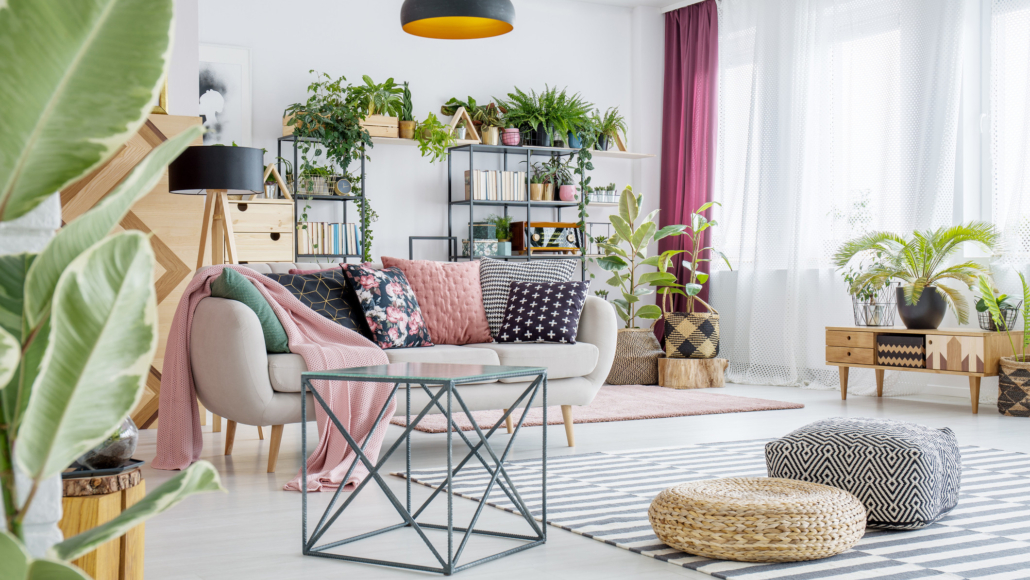
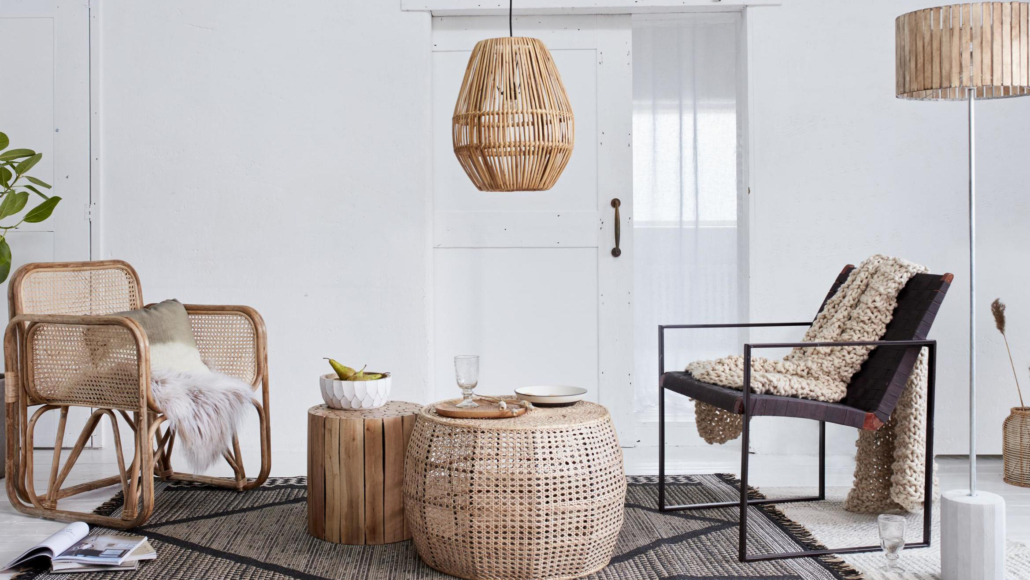
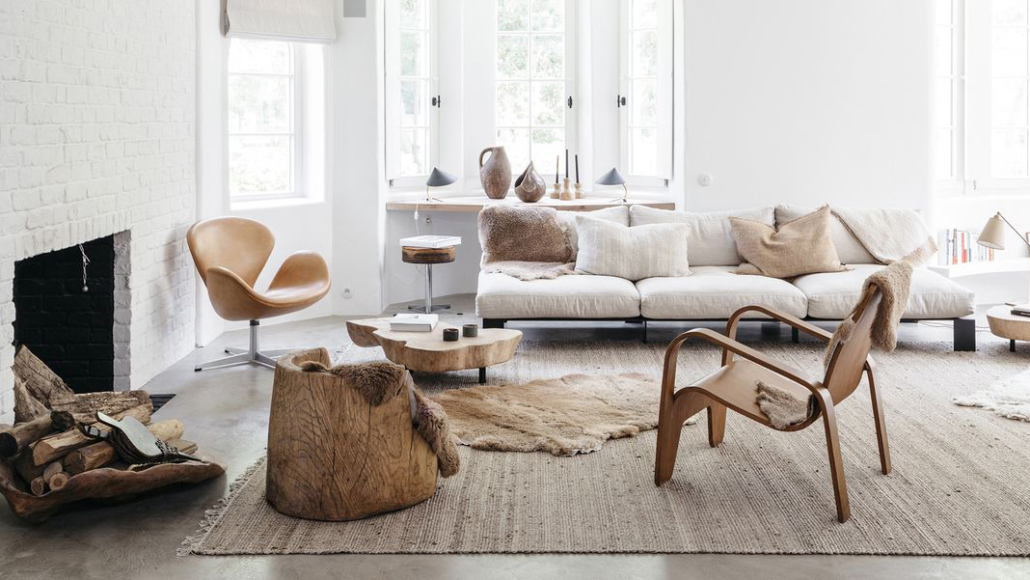
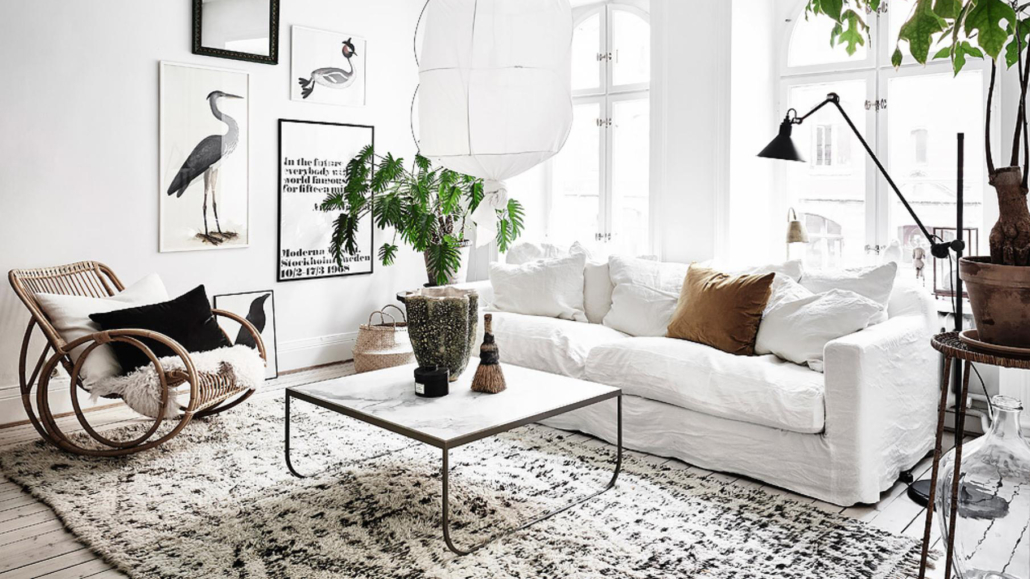
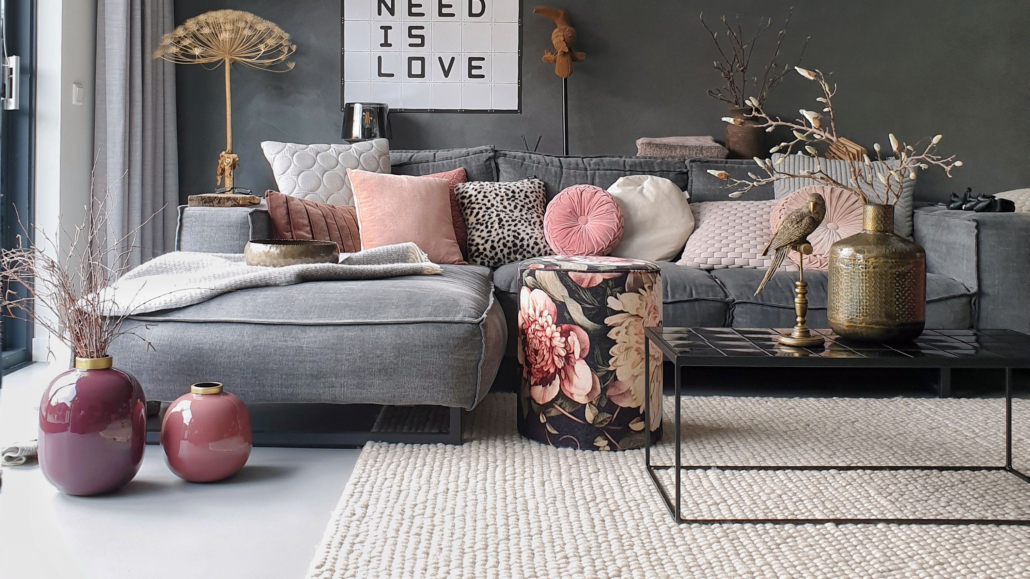
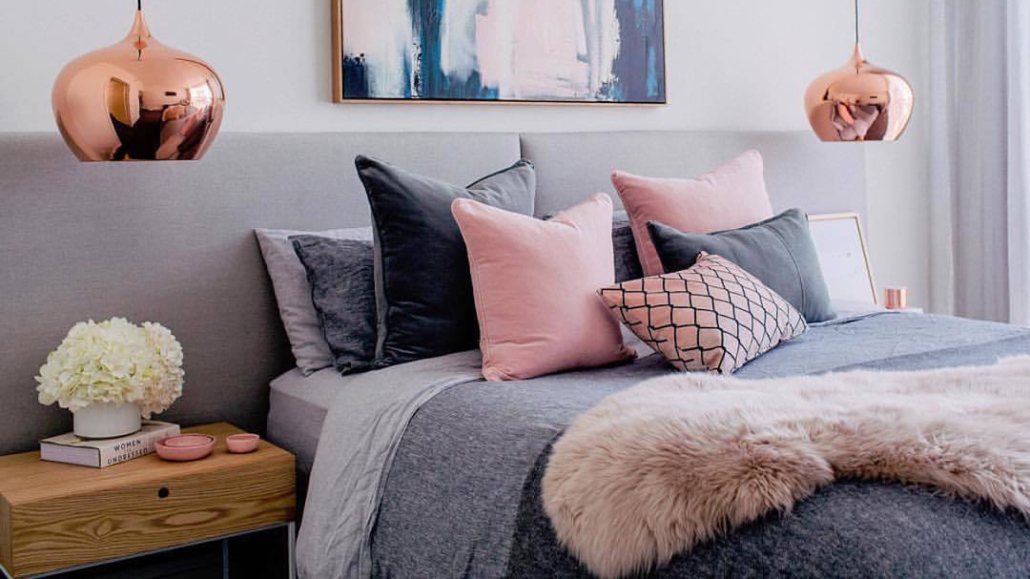
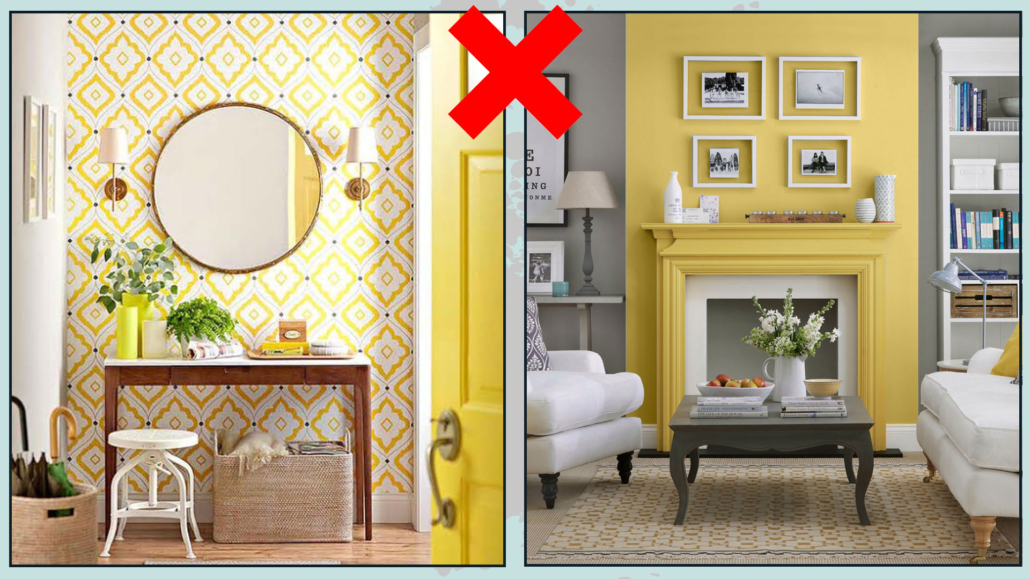
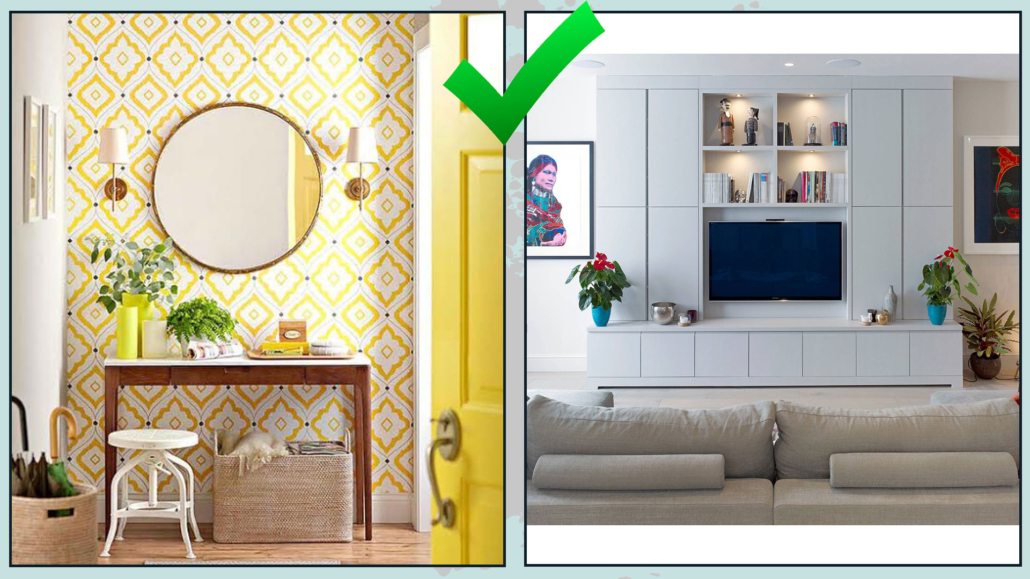
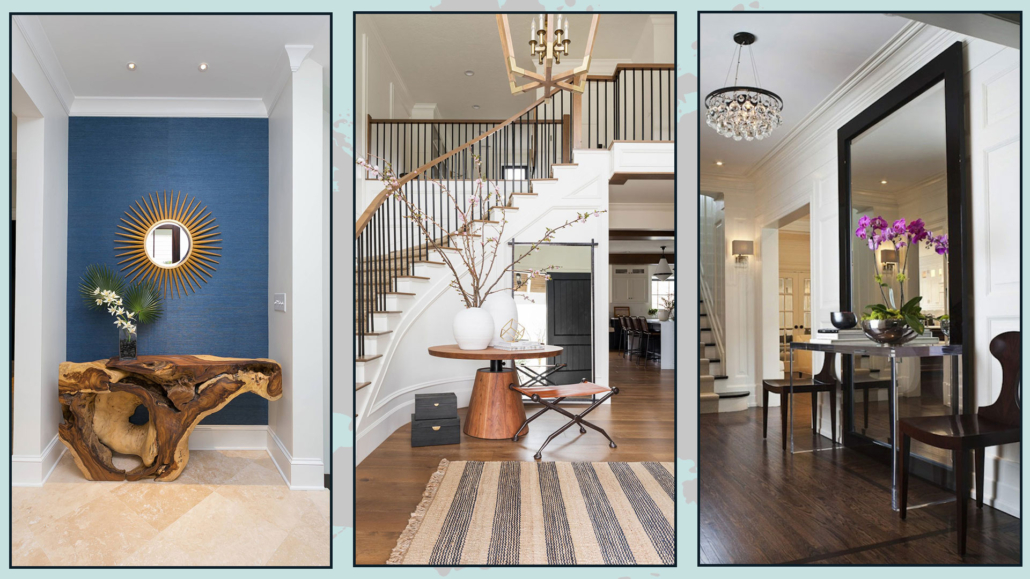
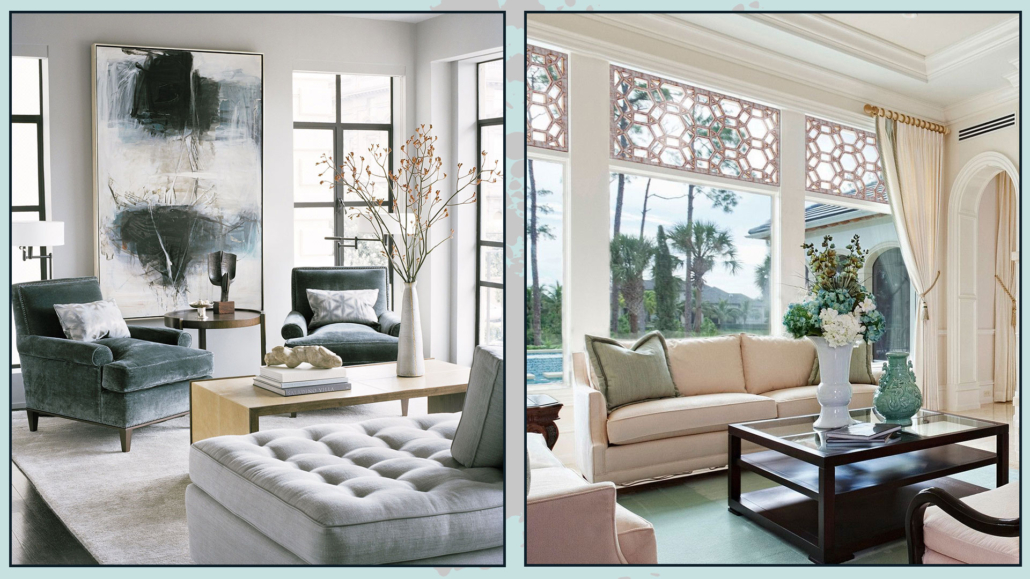
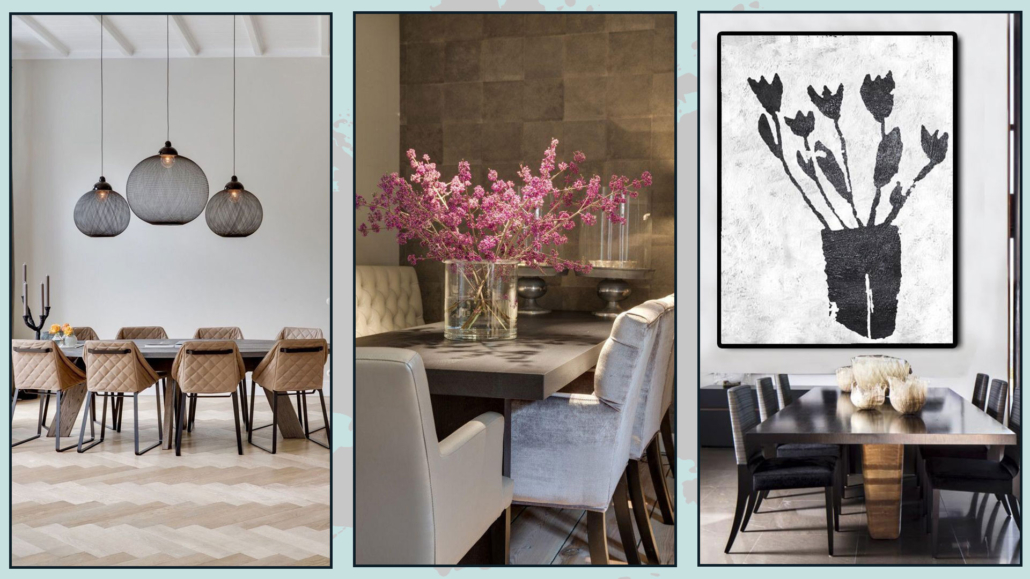
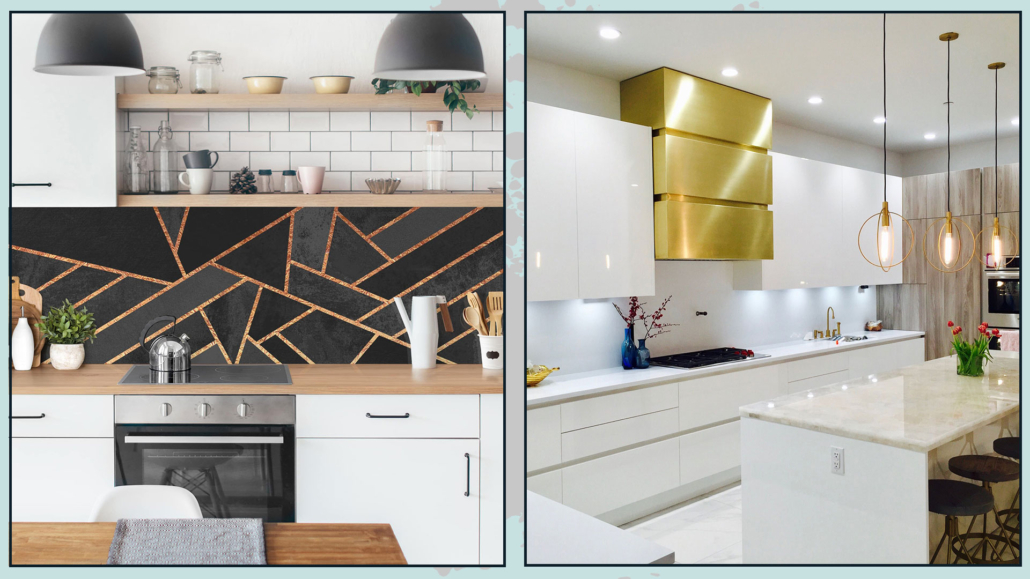
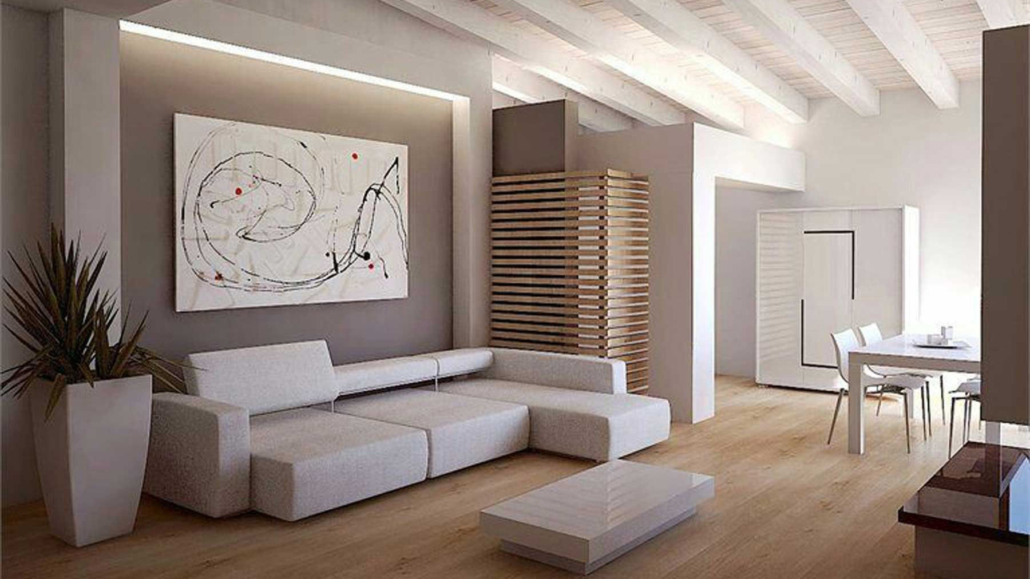
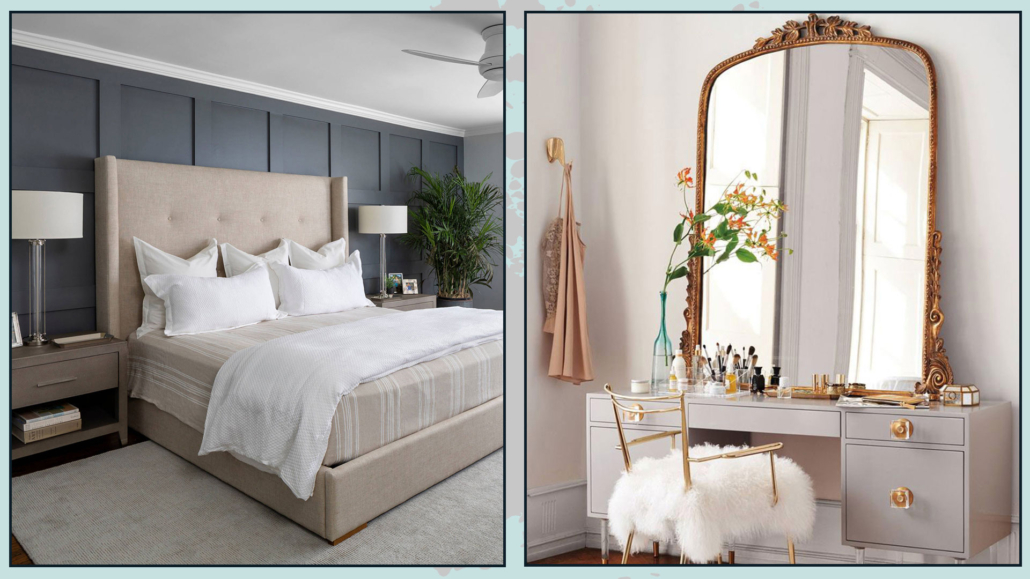
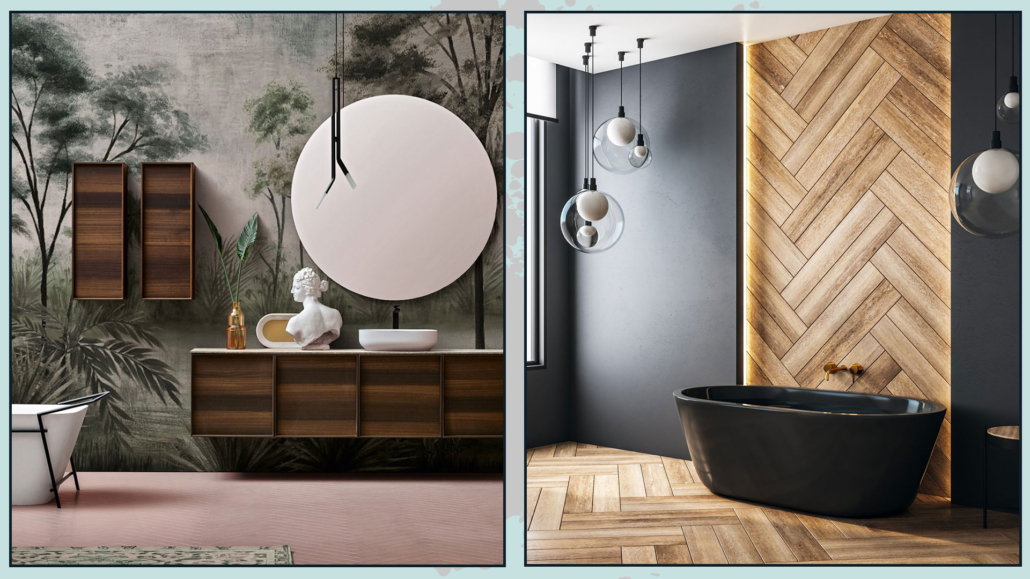
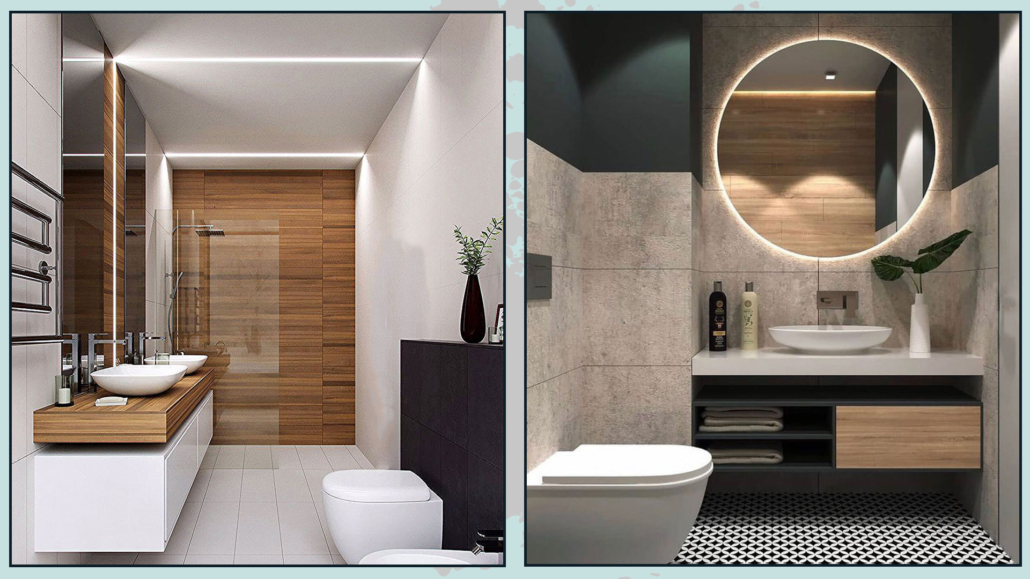
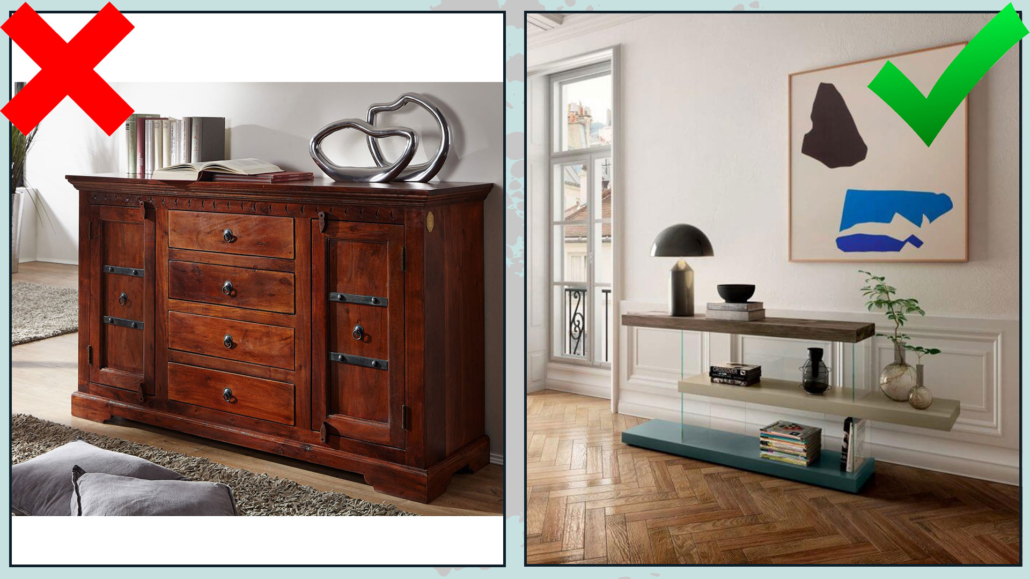
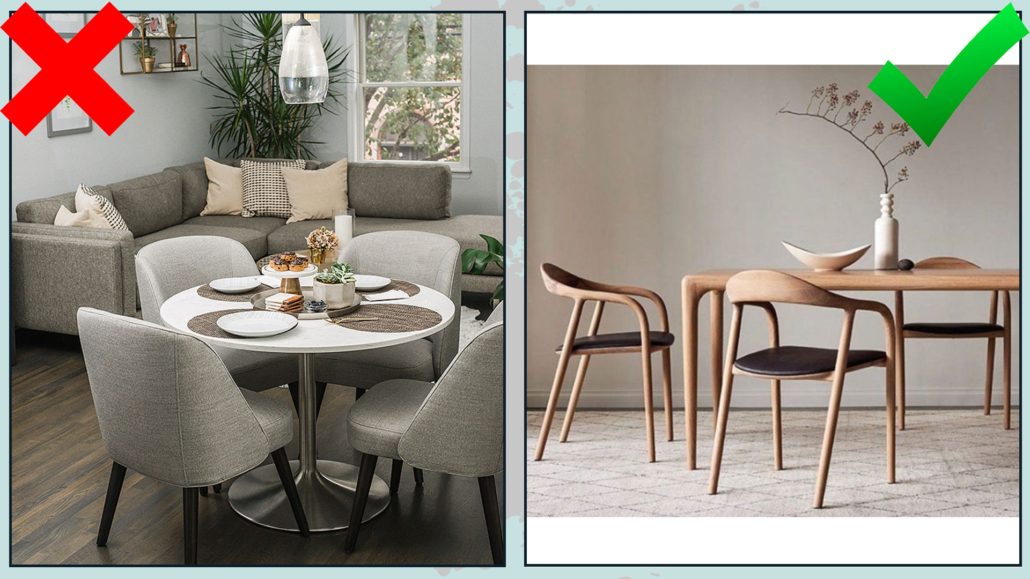
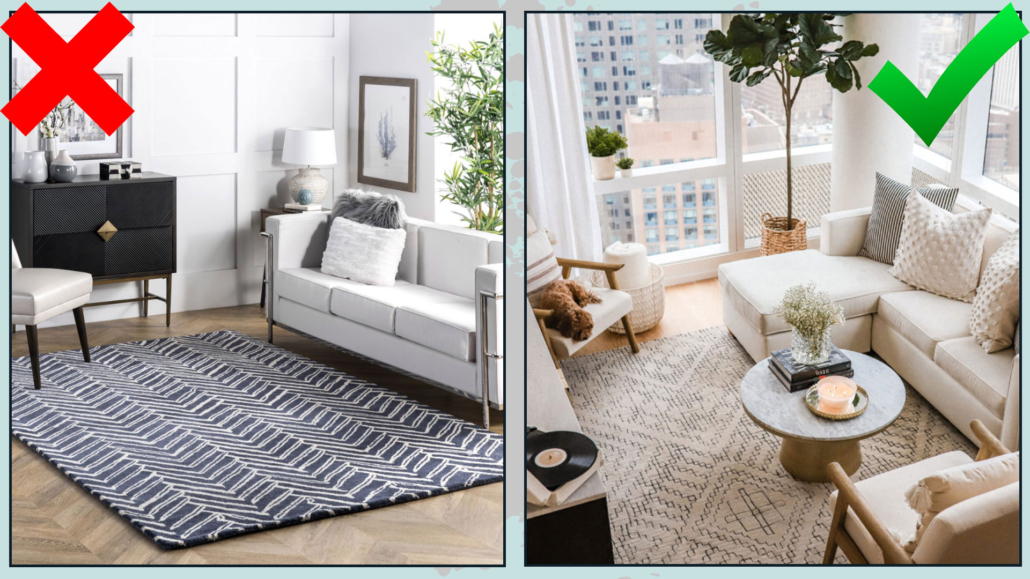
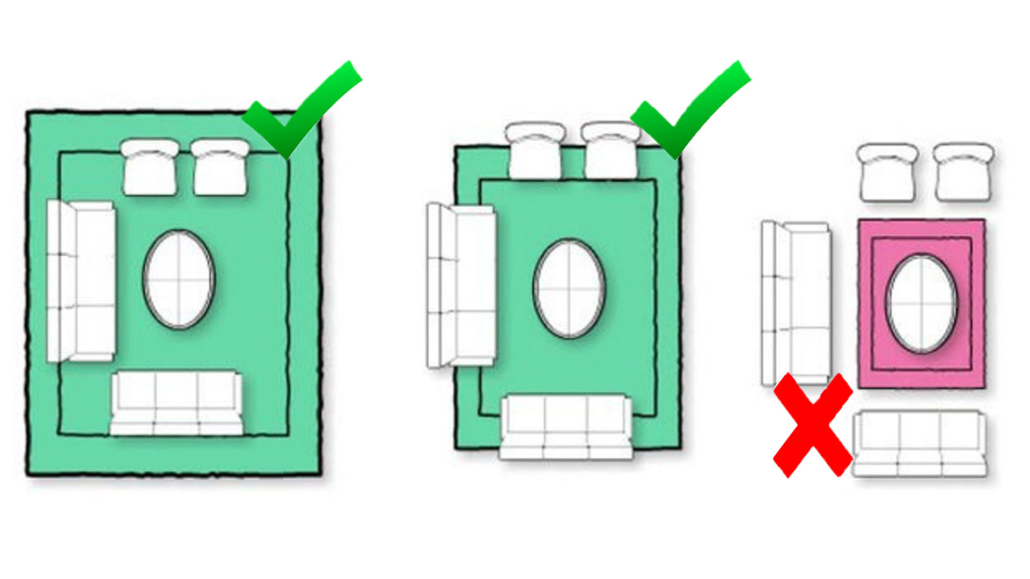 3 – DIFFERENT AND CONTRASTING FLOORING
3 – DIFFERENT AND CONTRASTING FLOORING